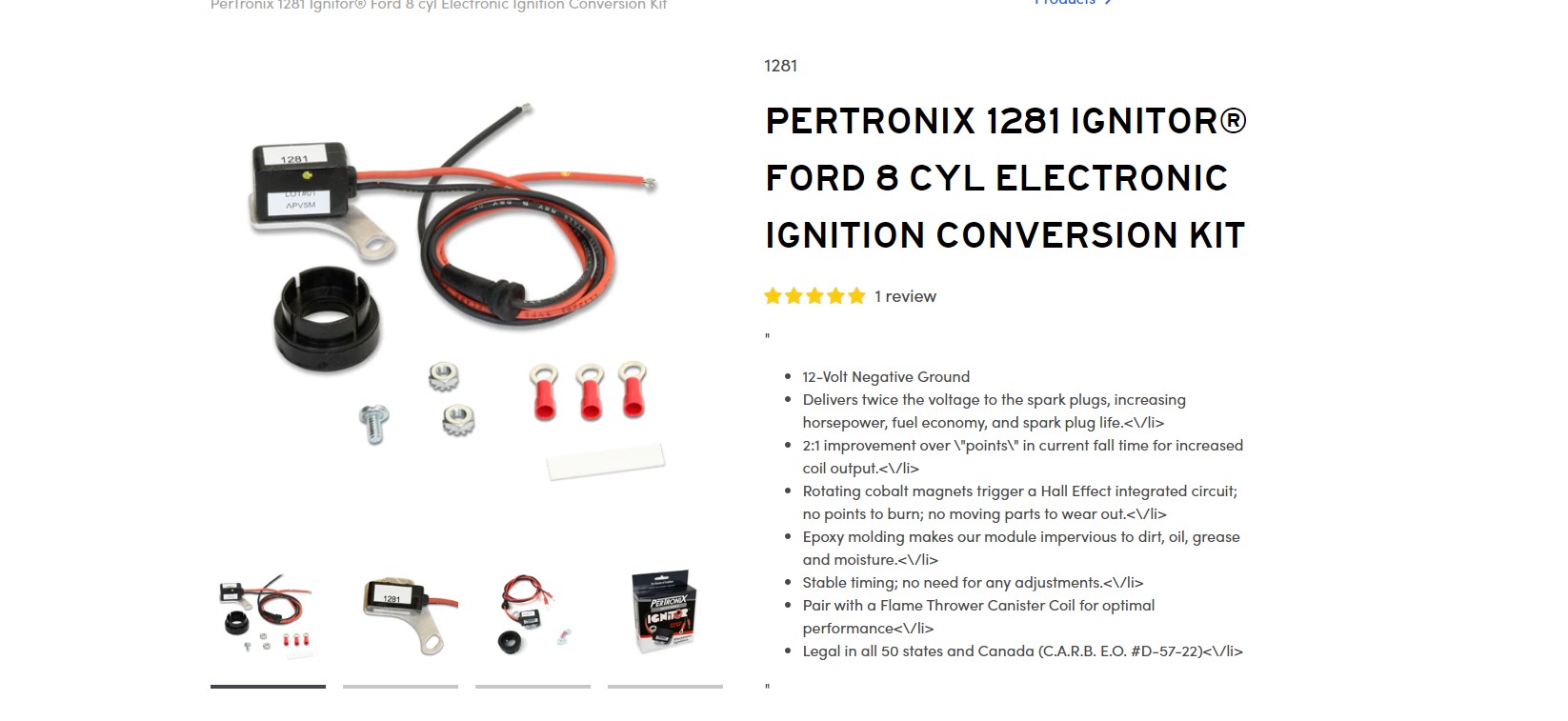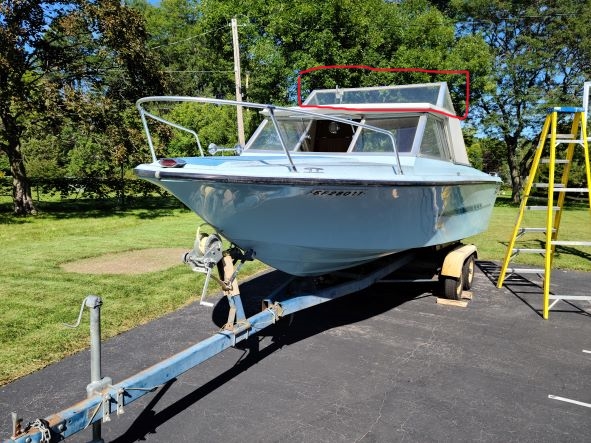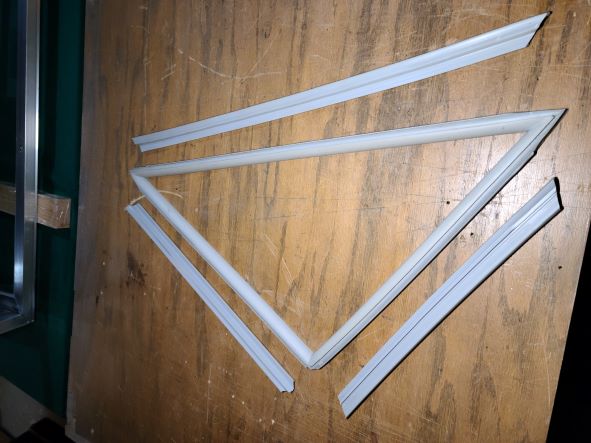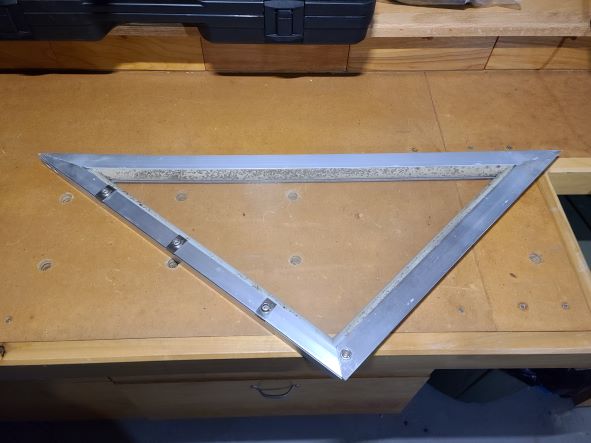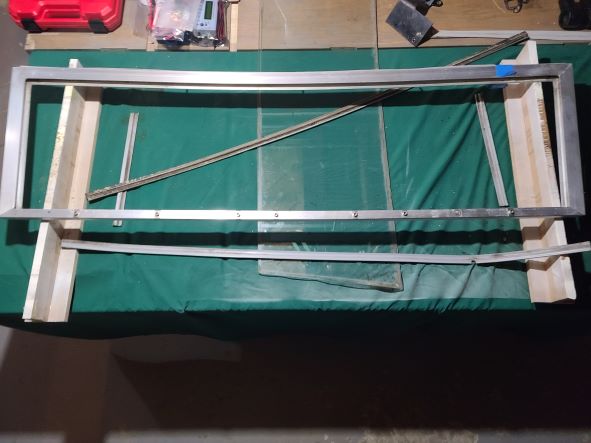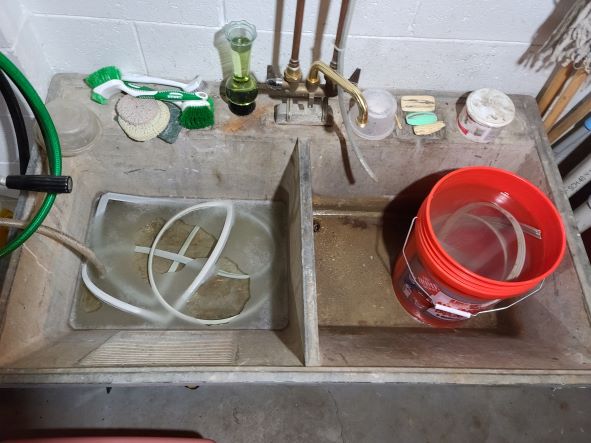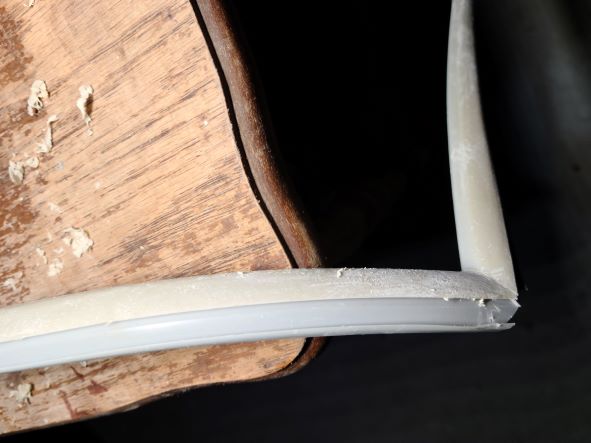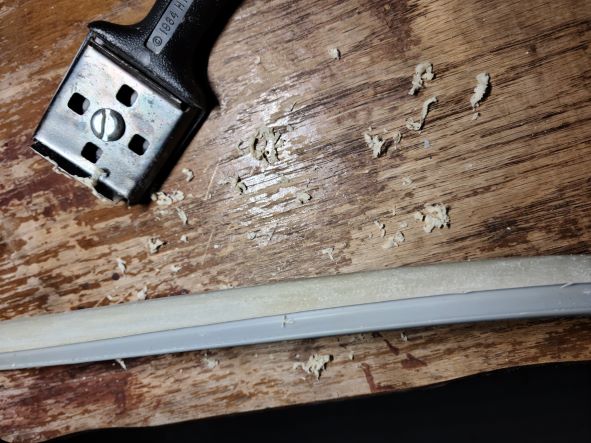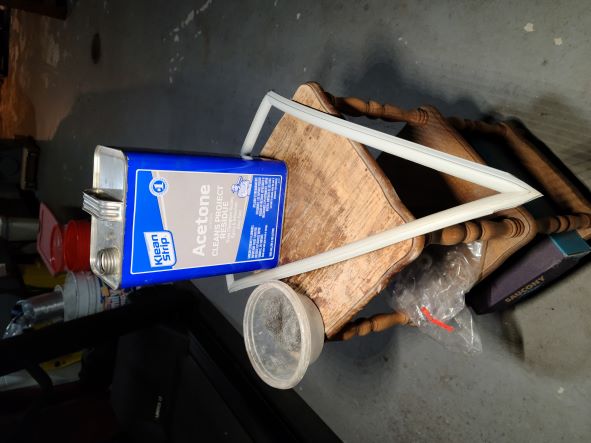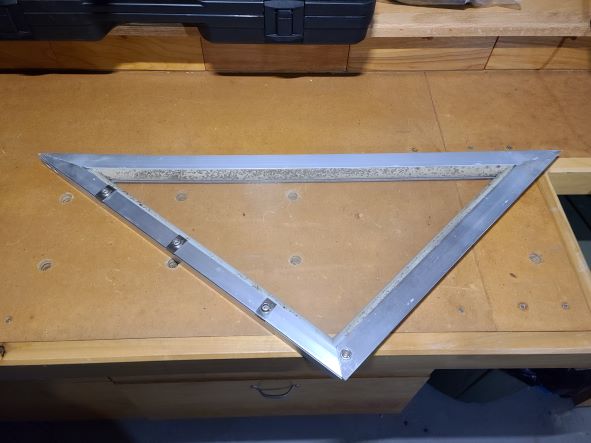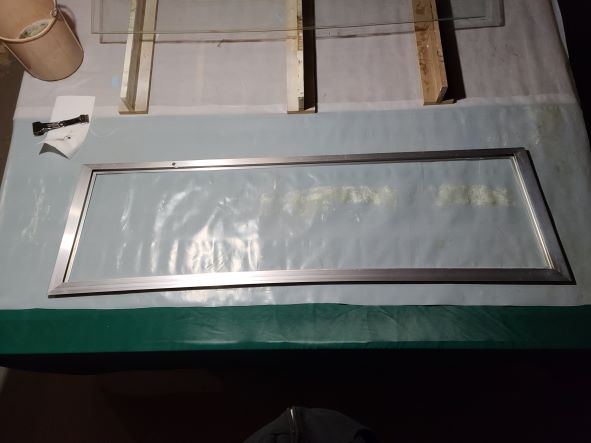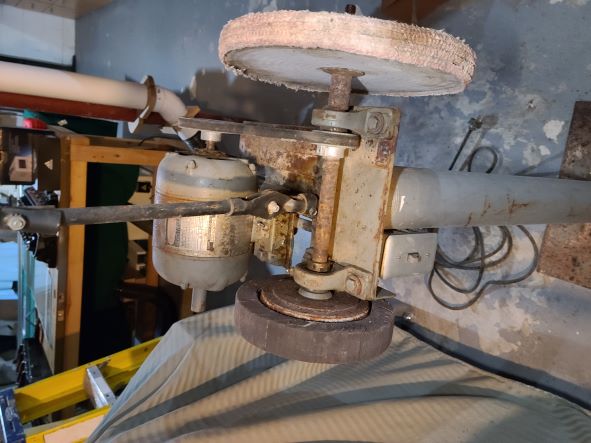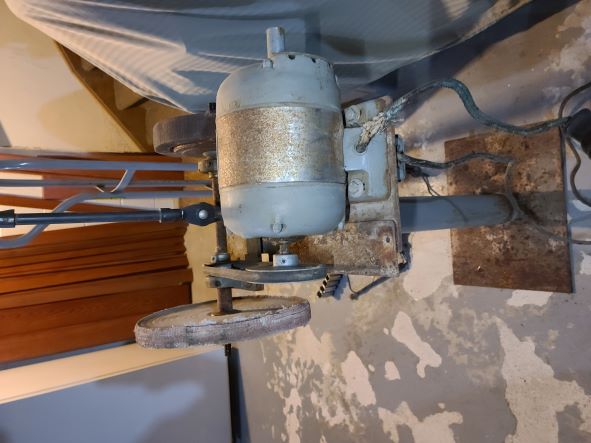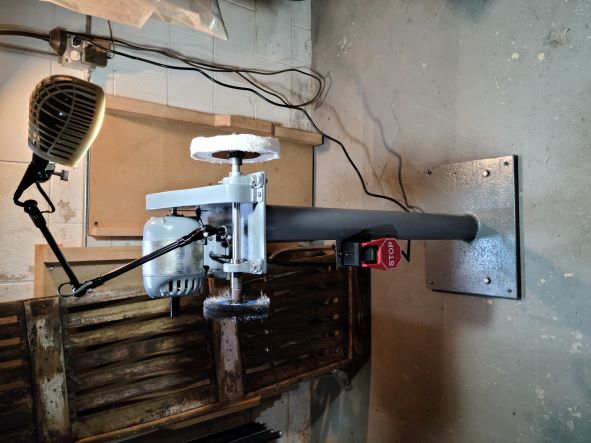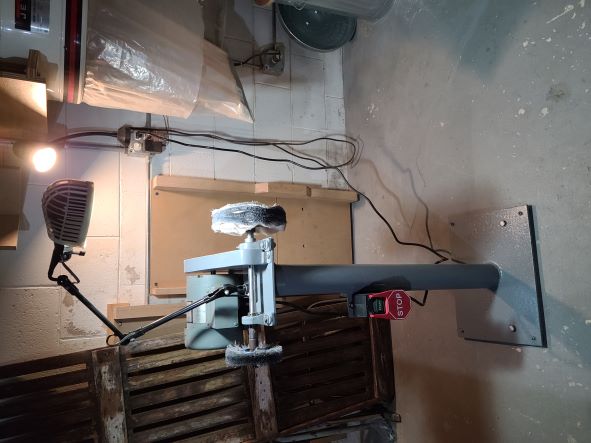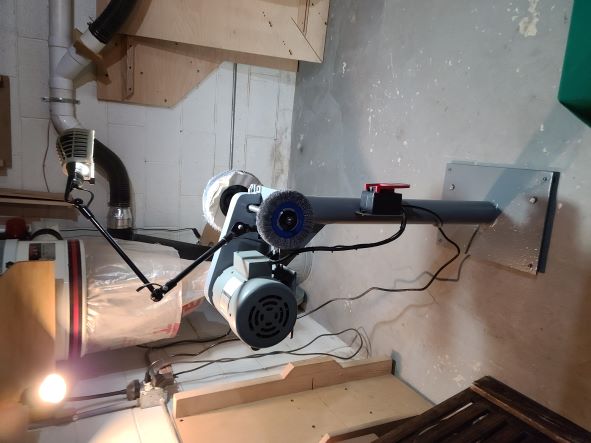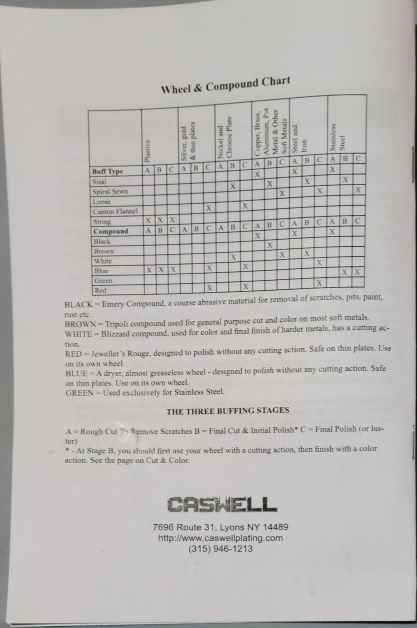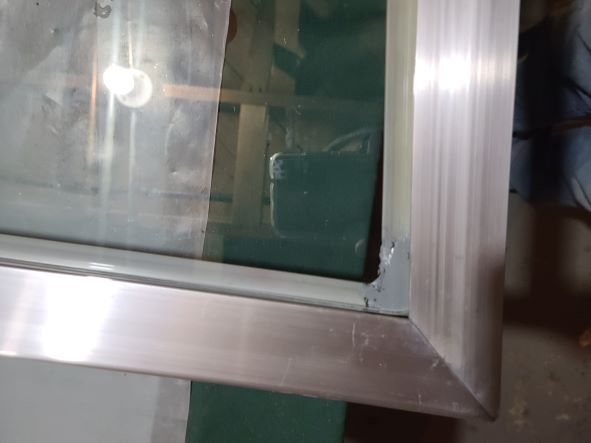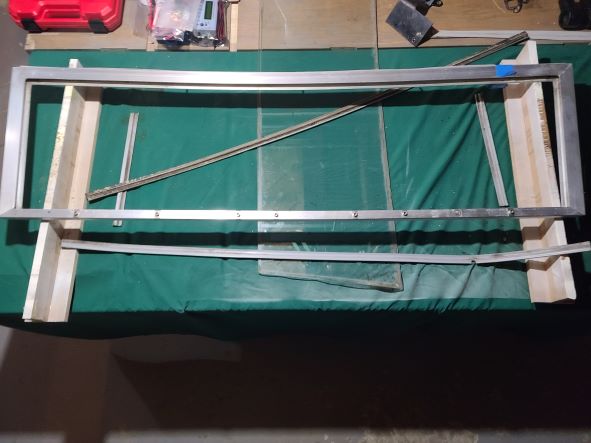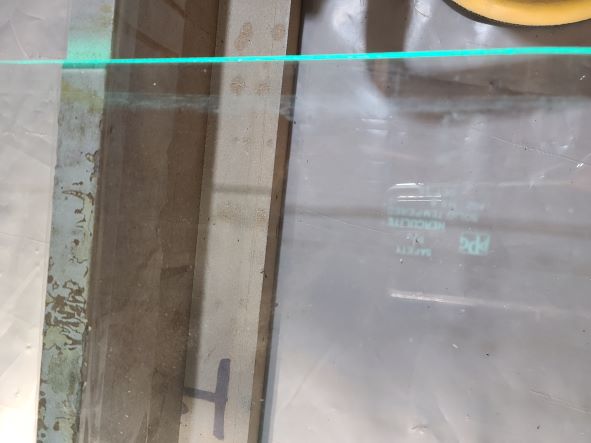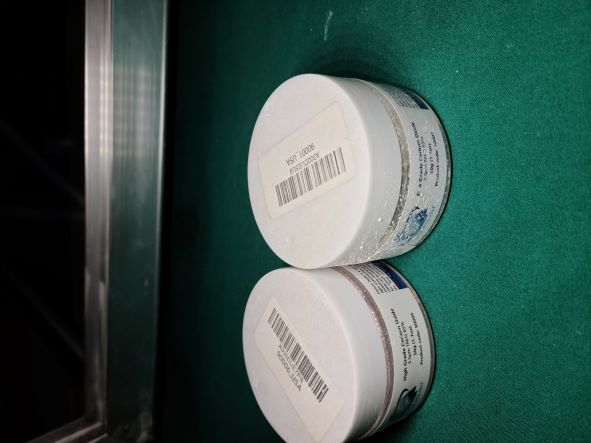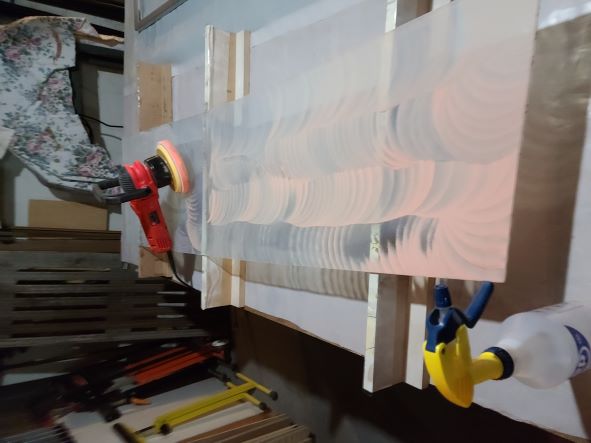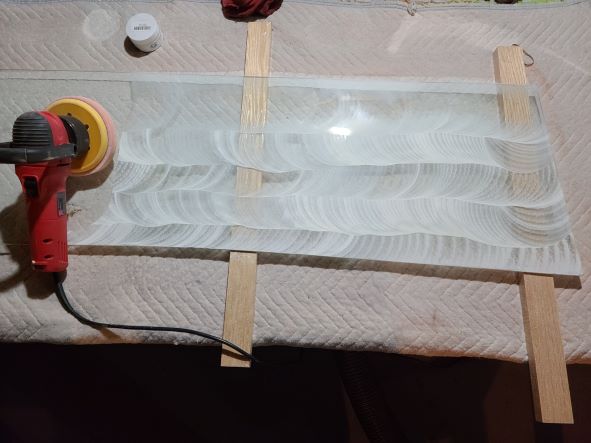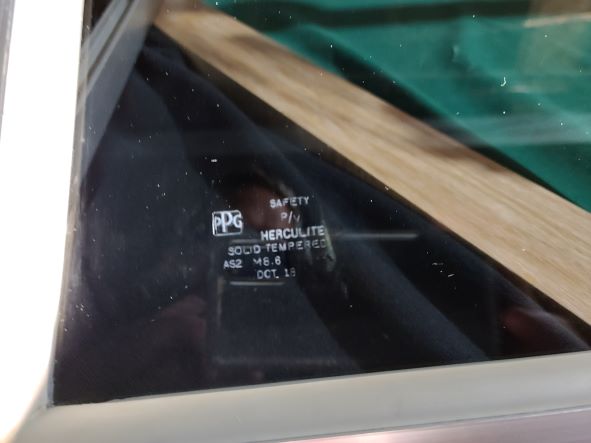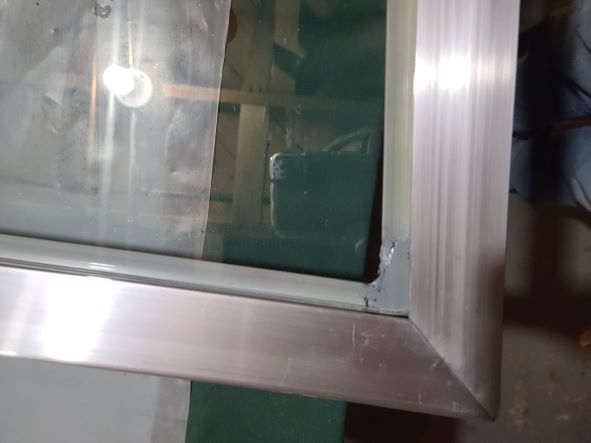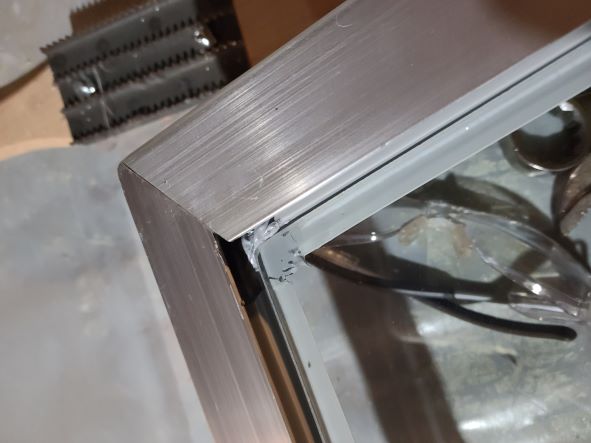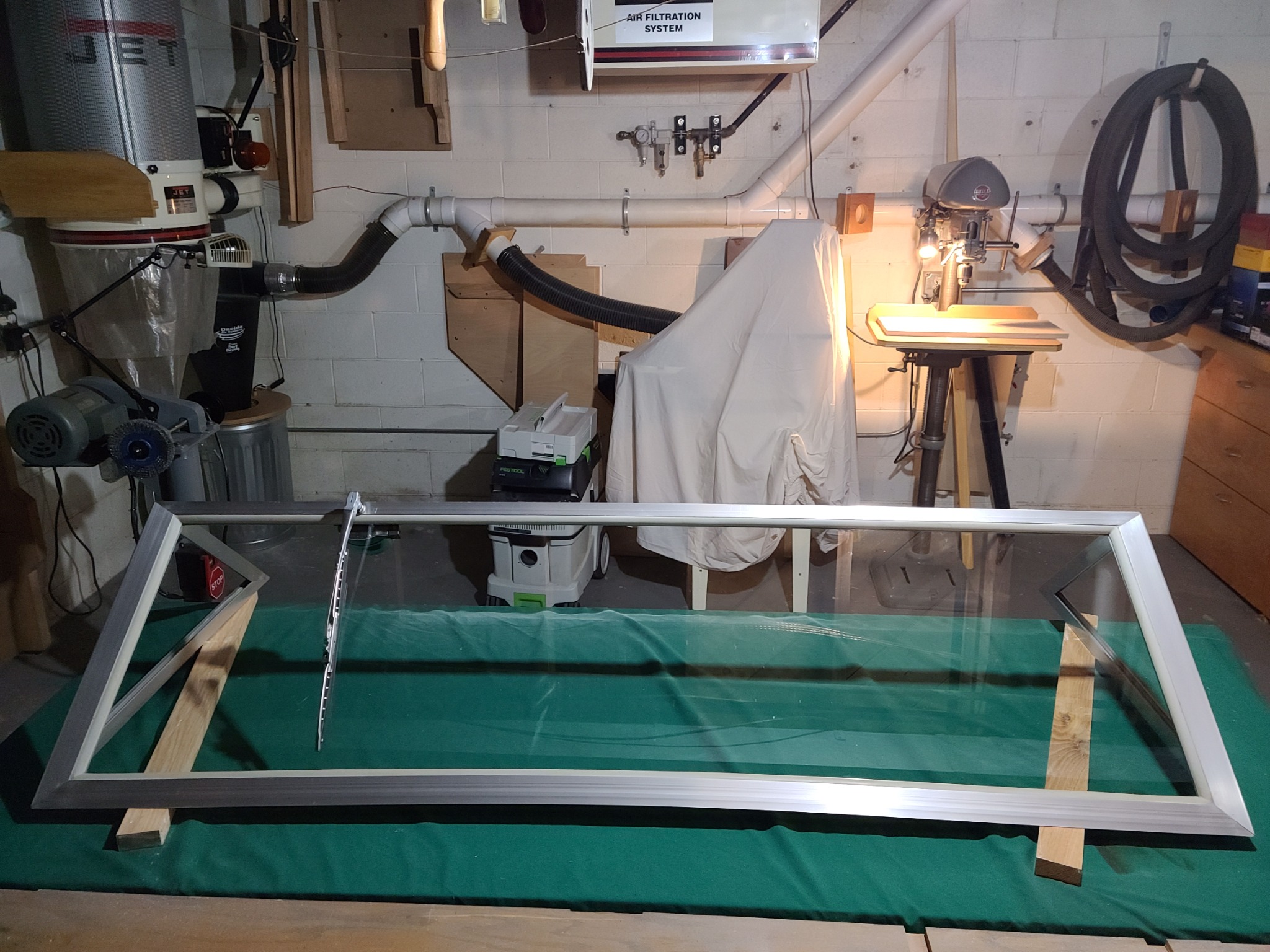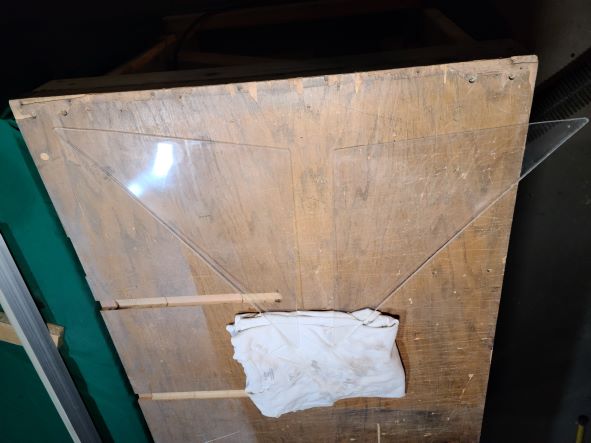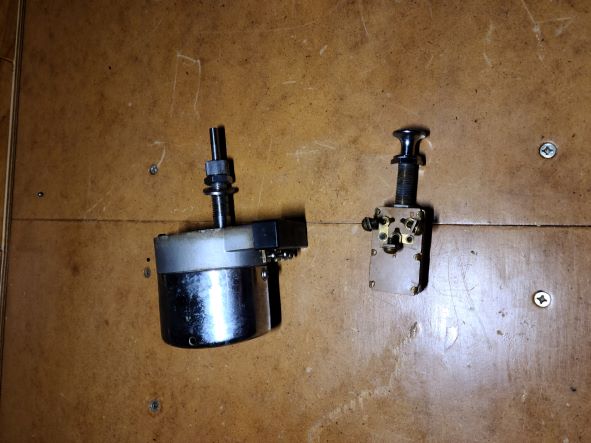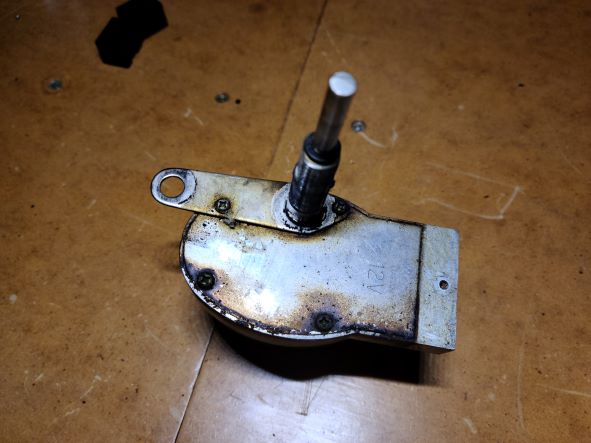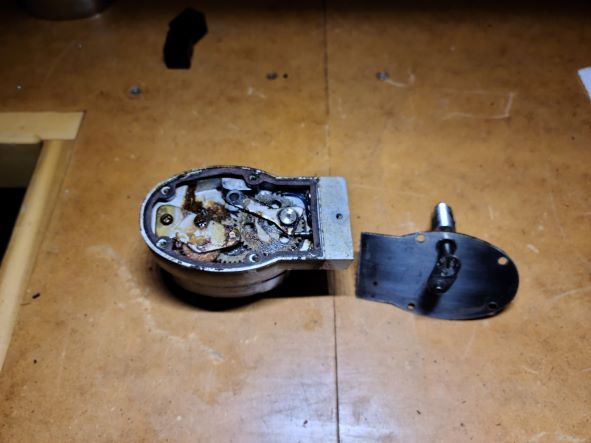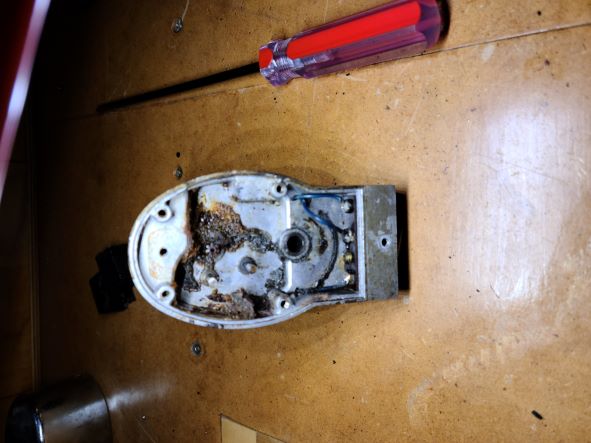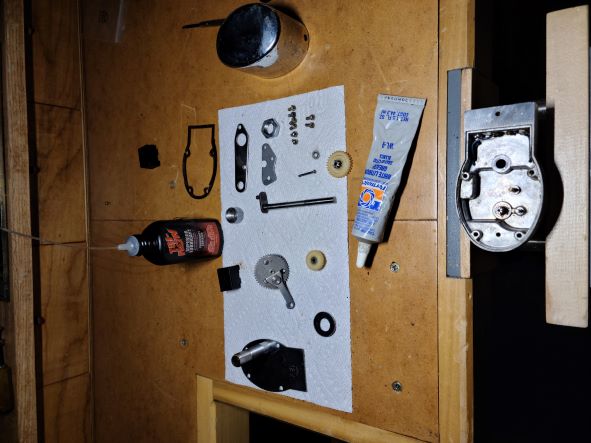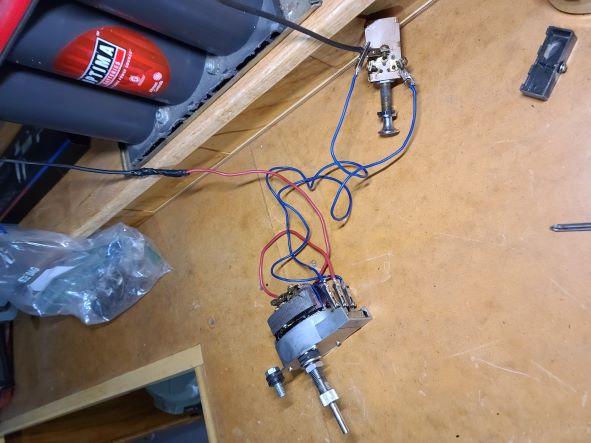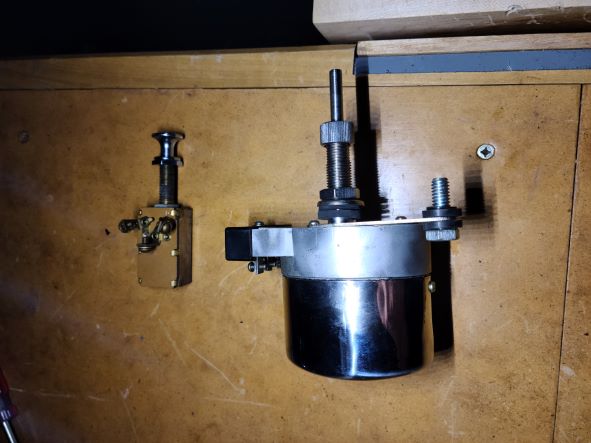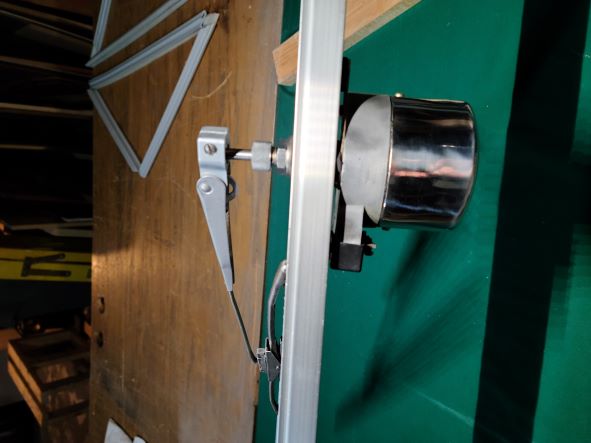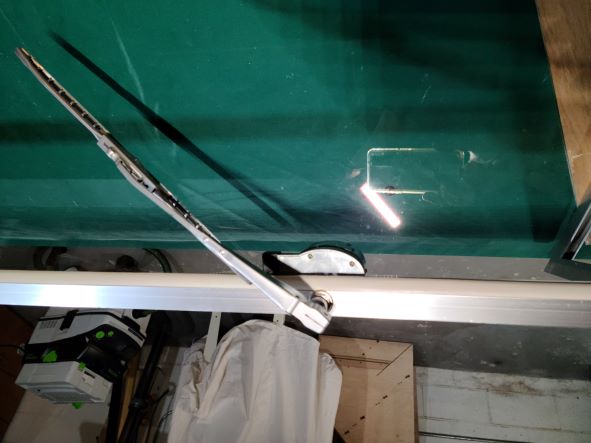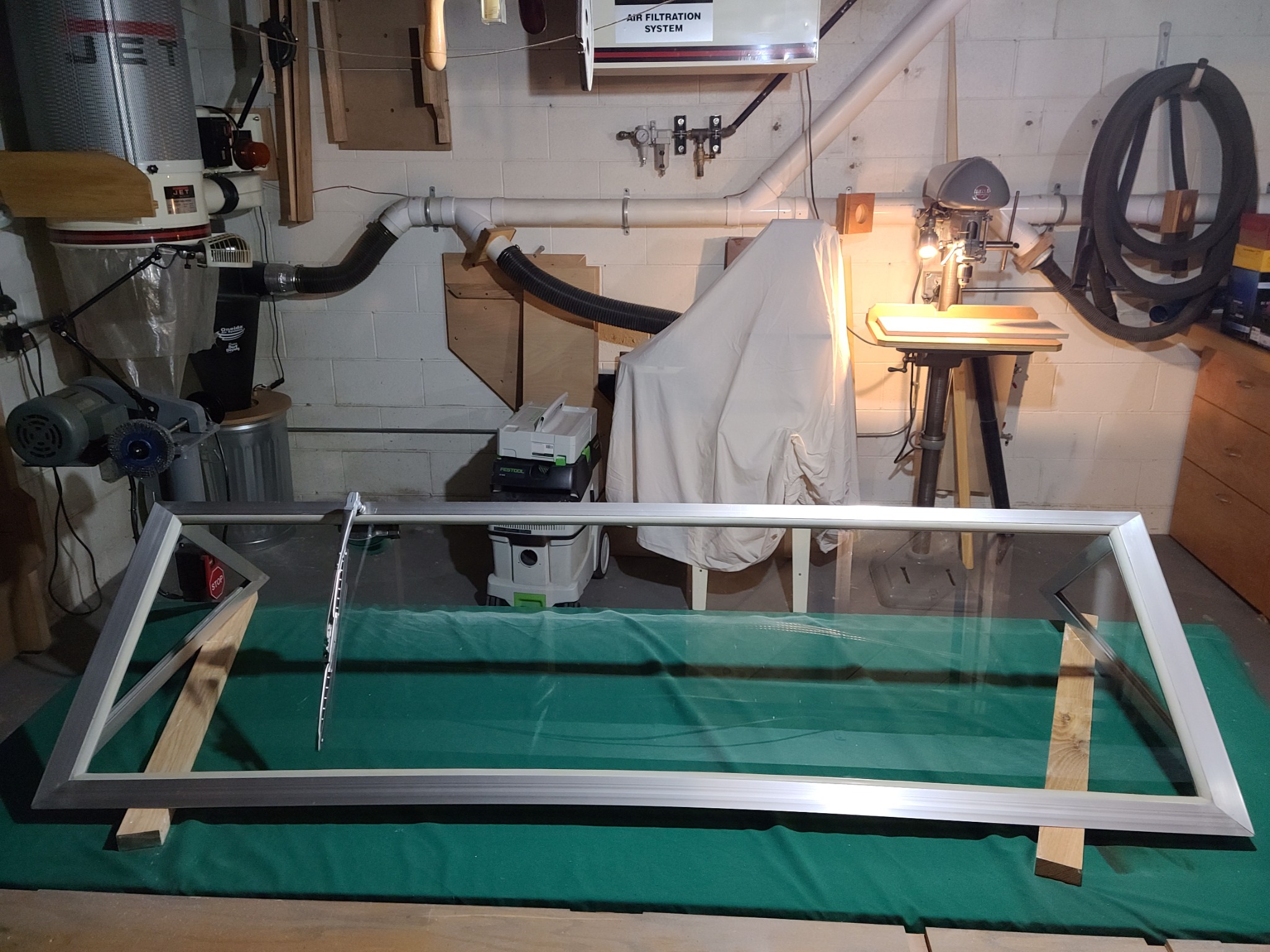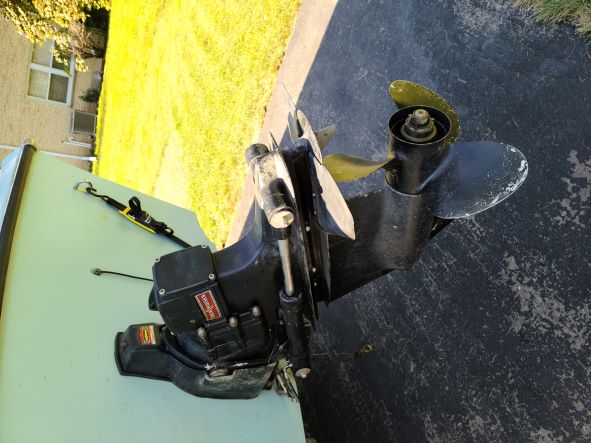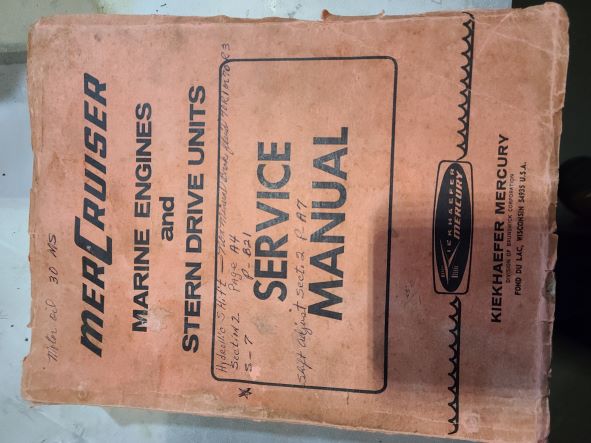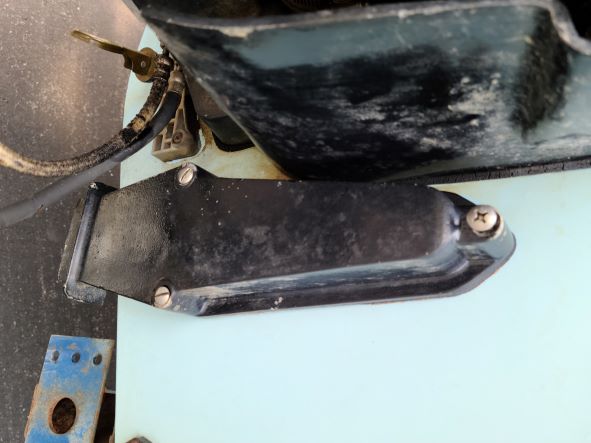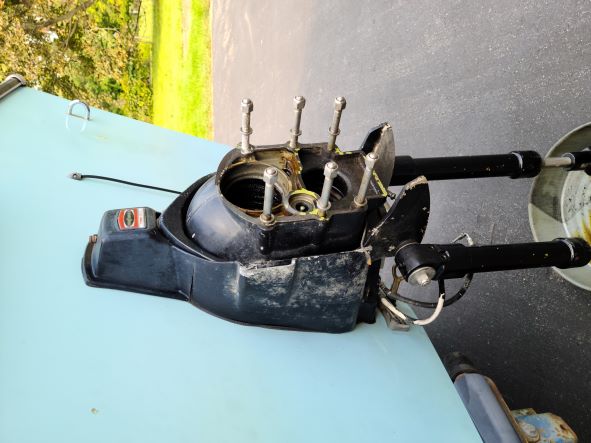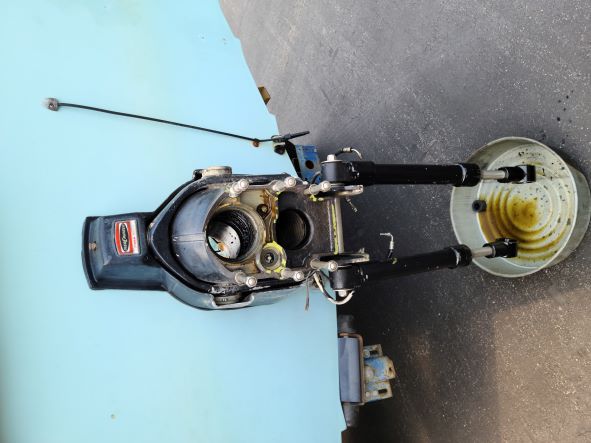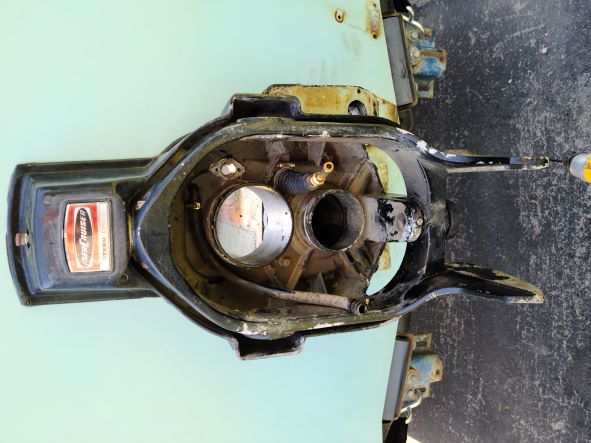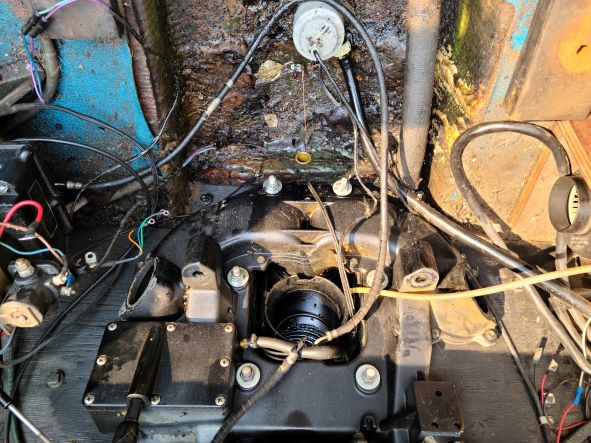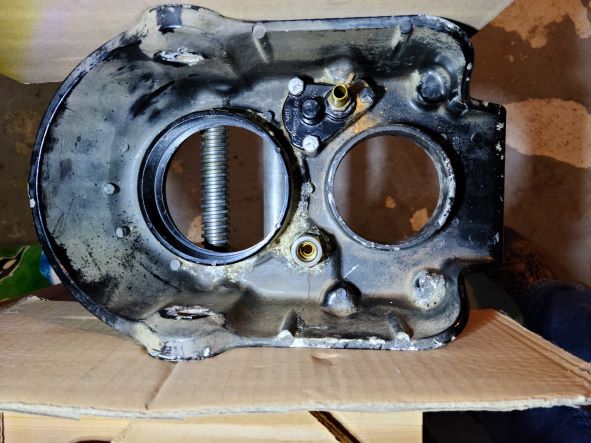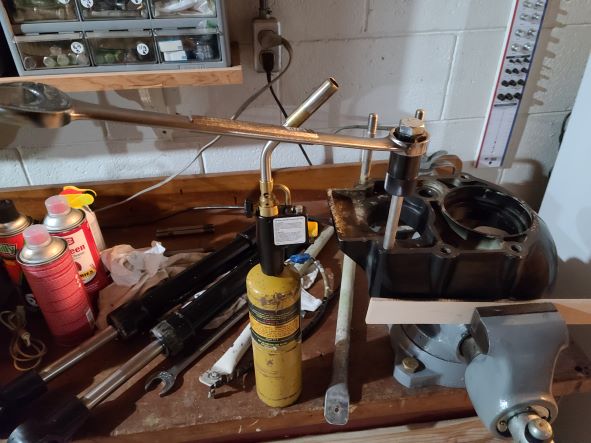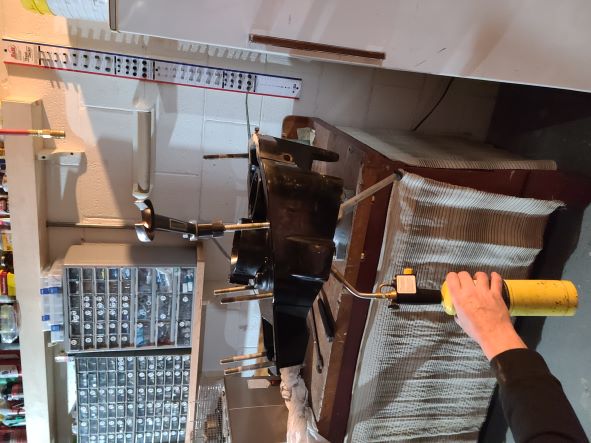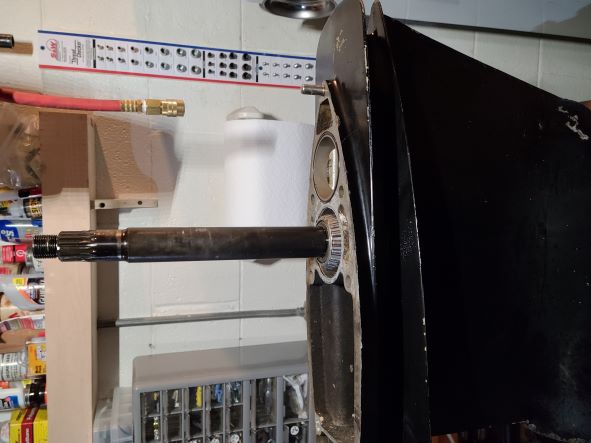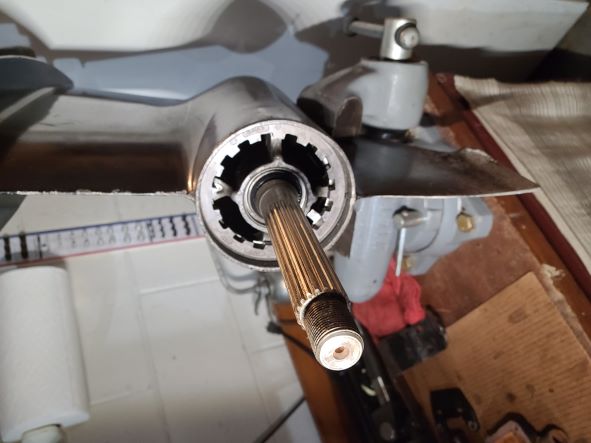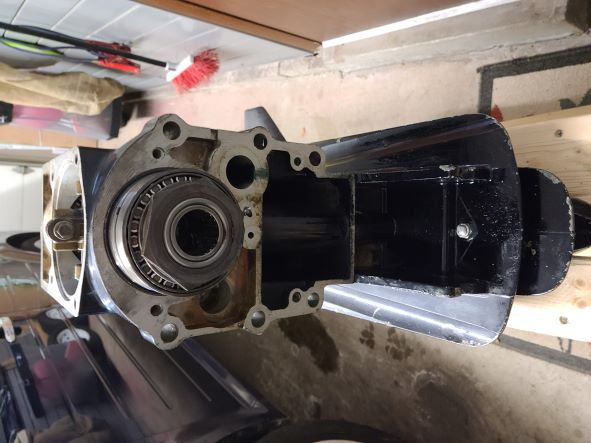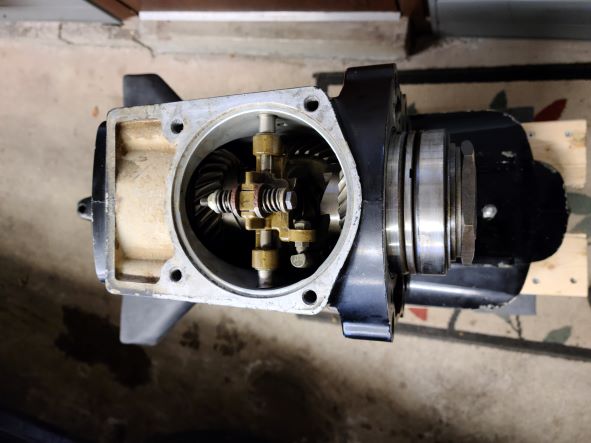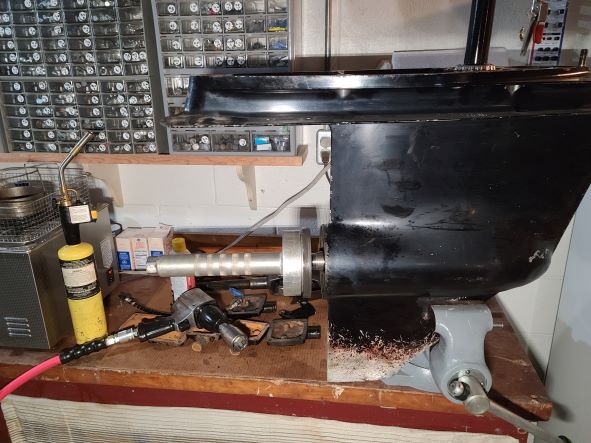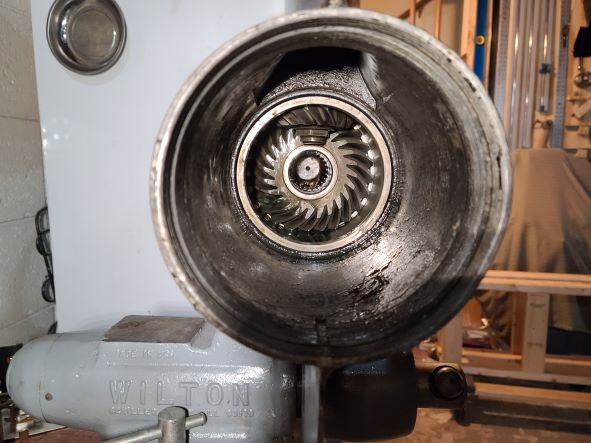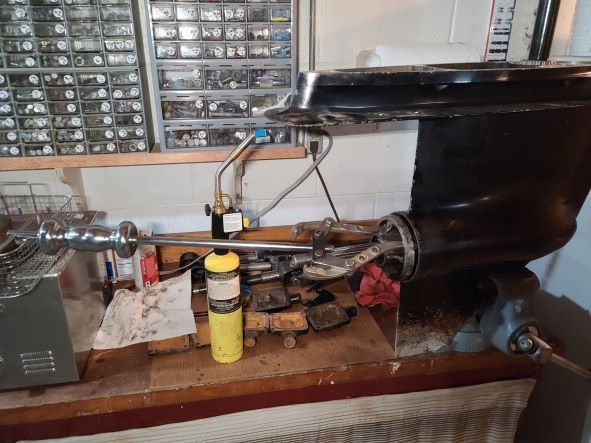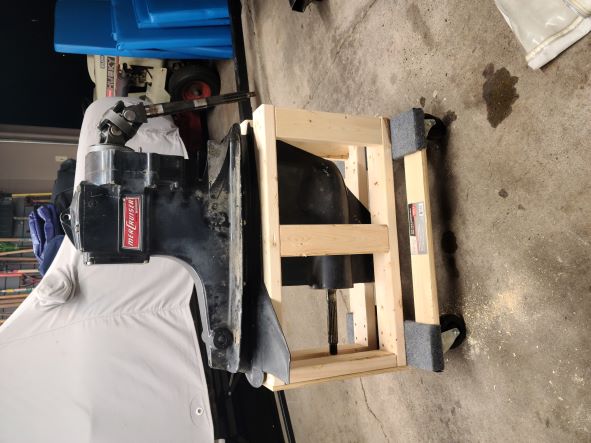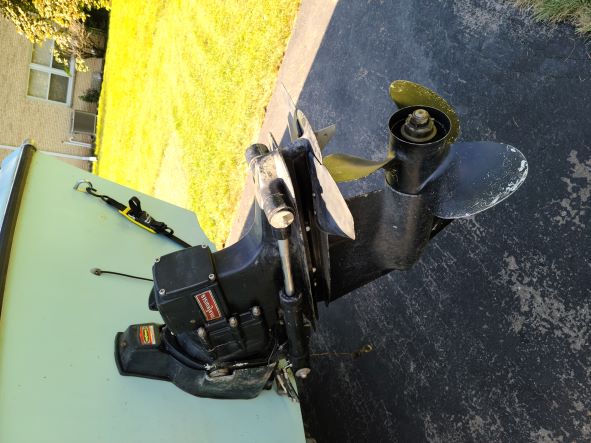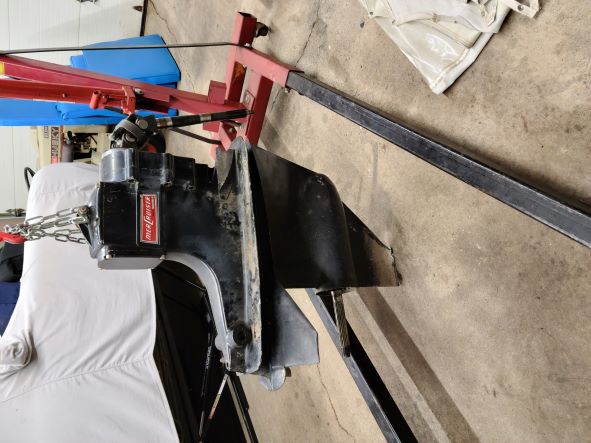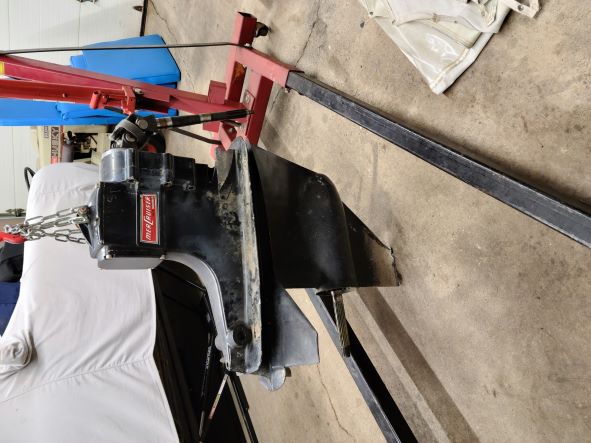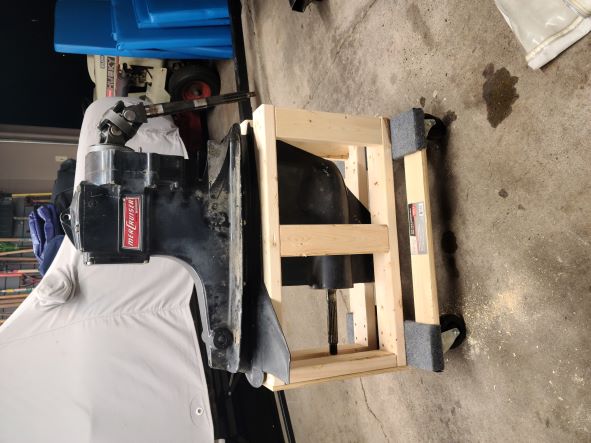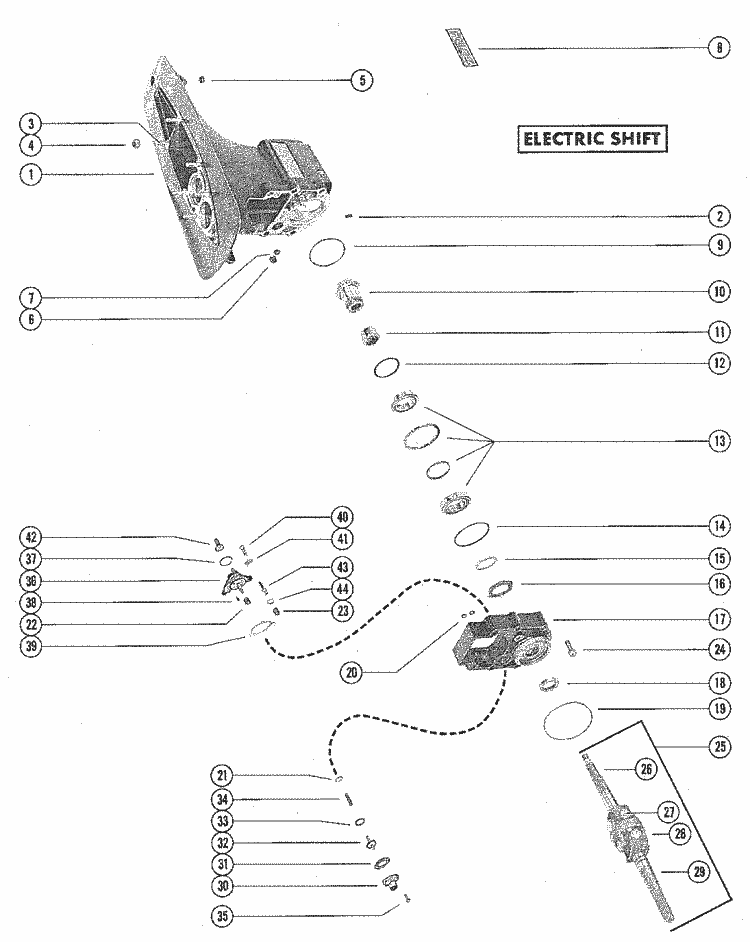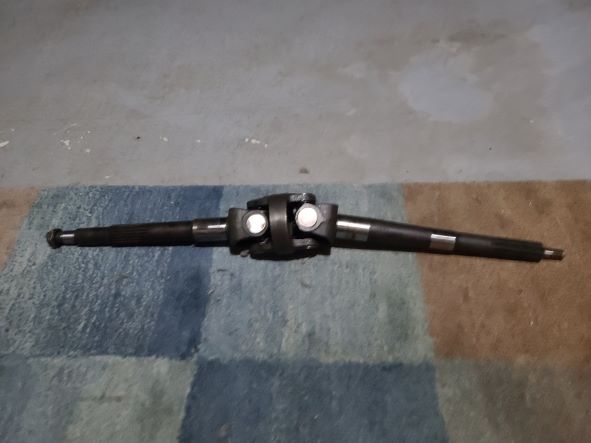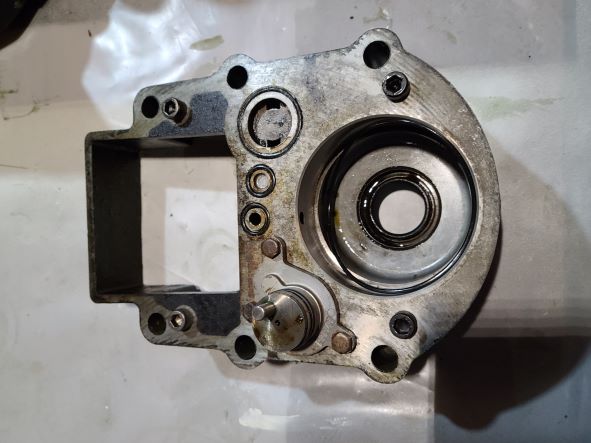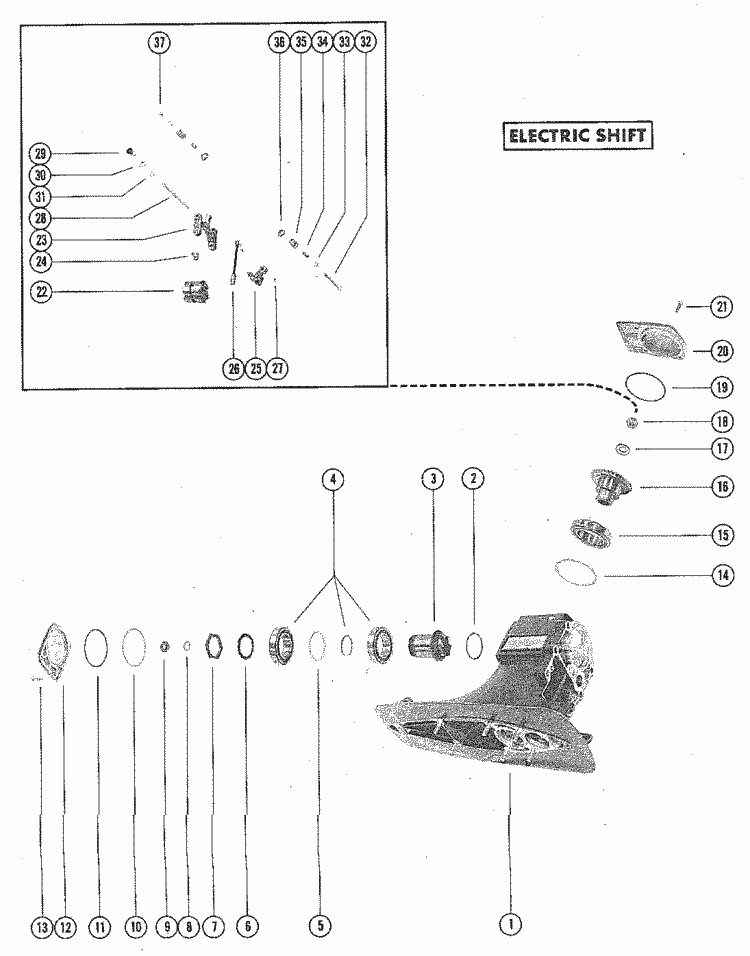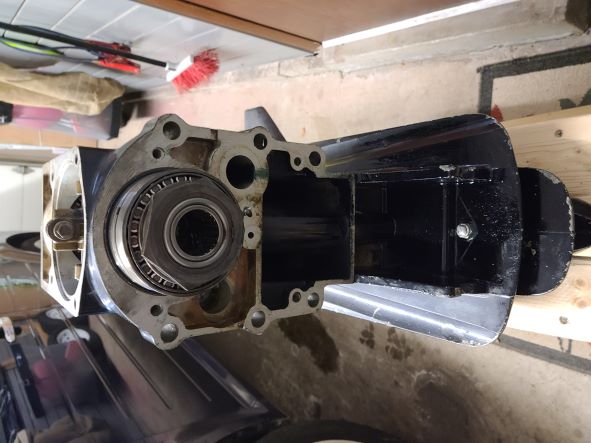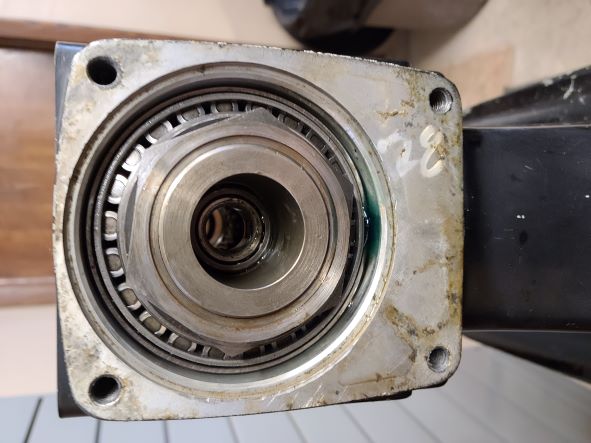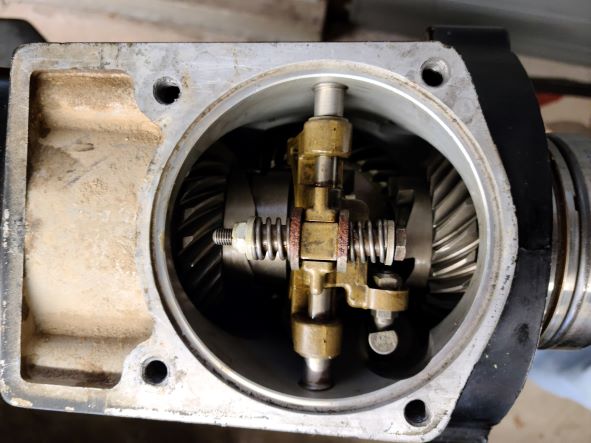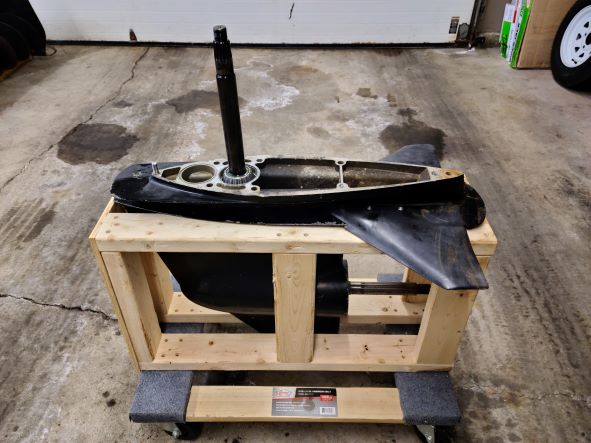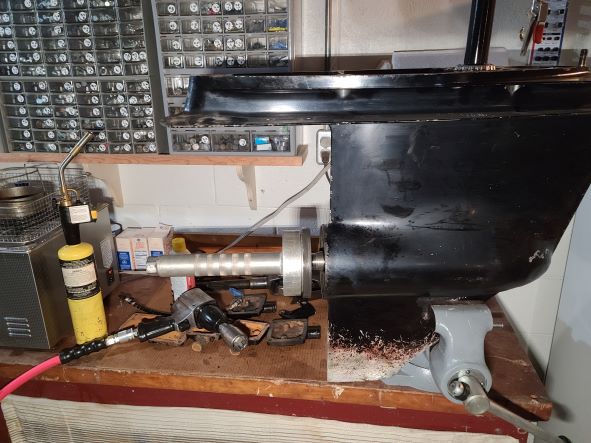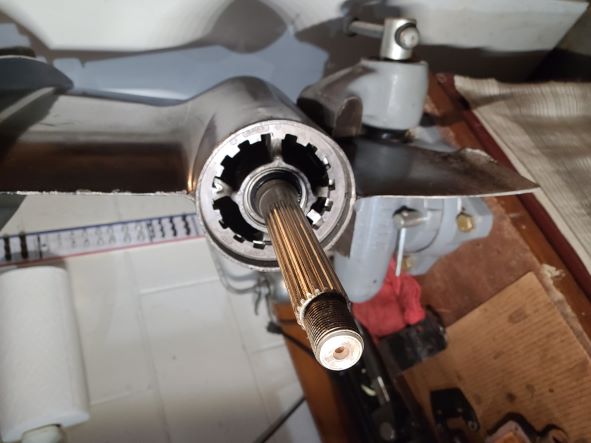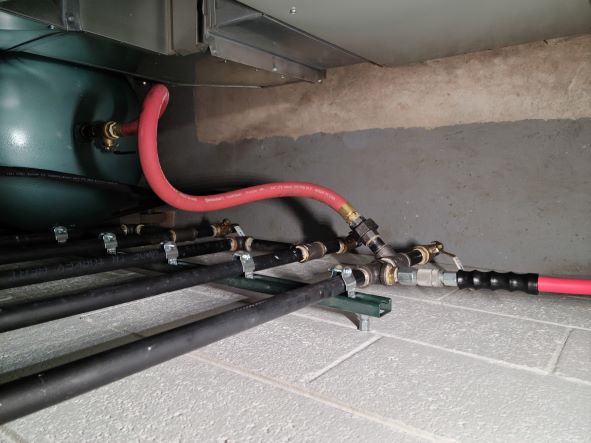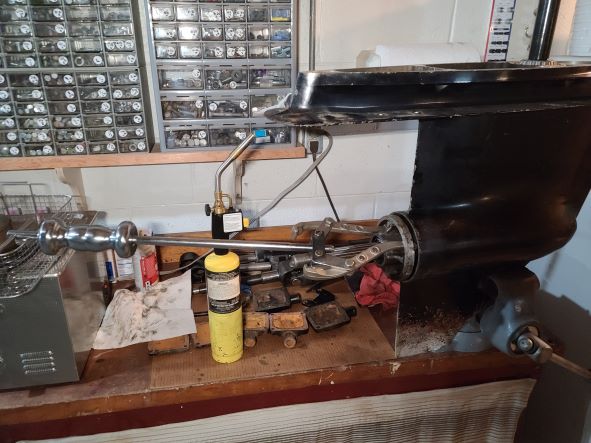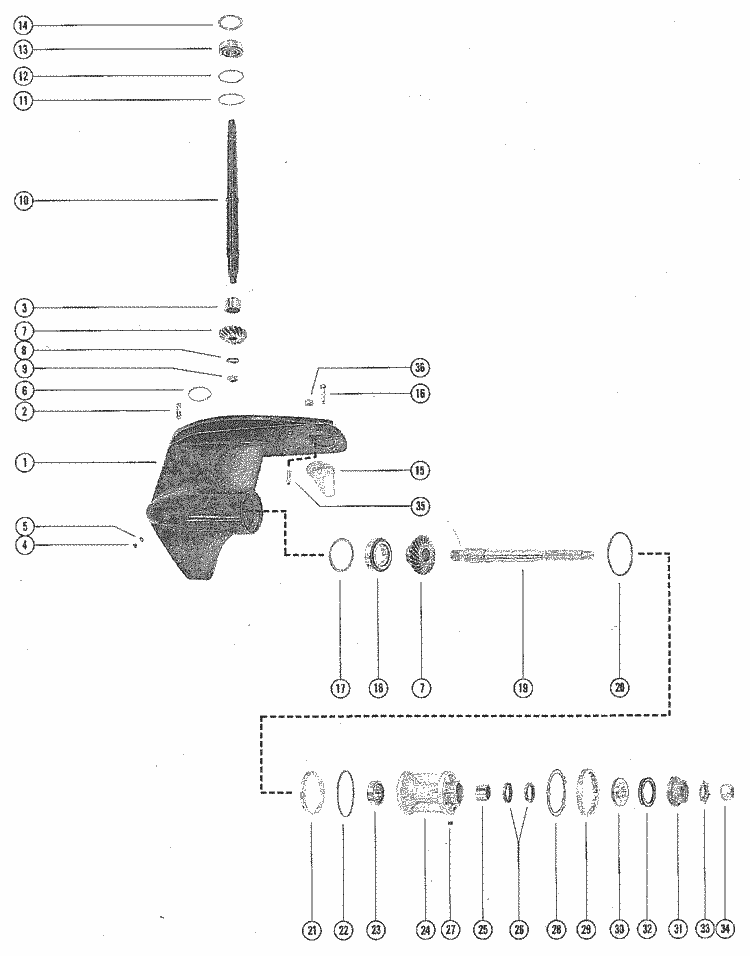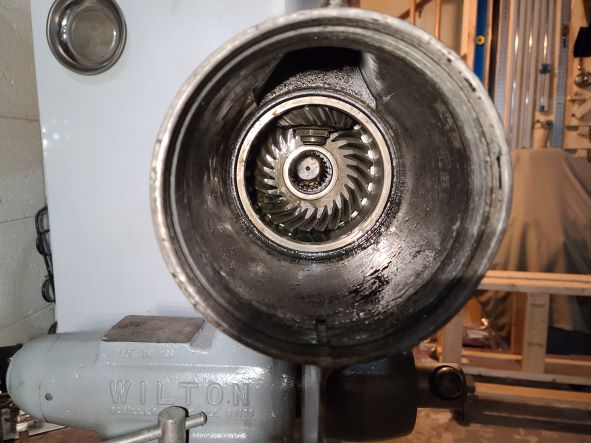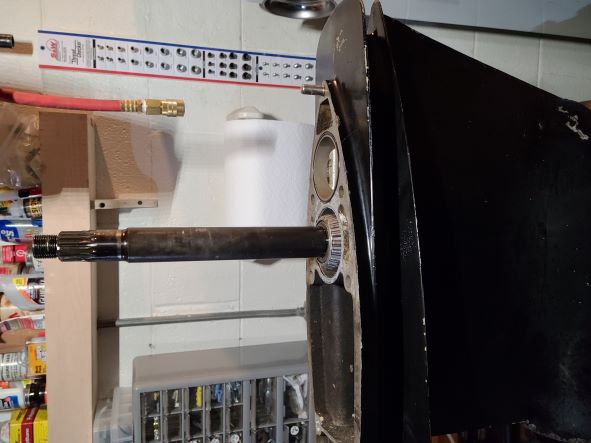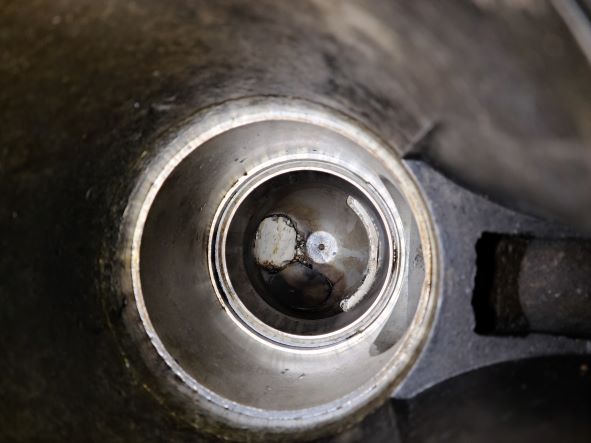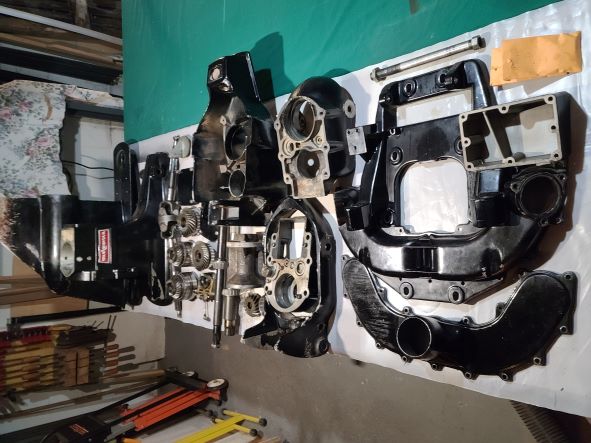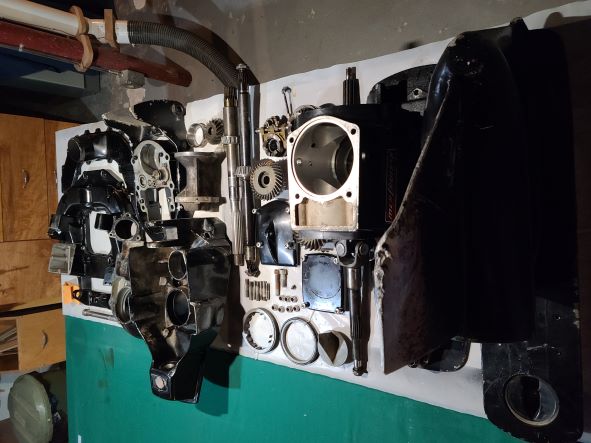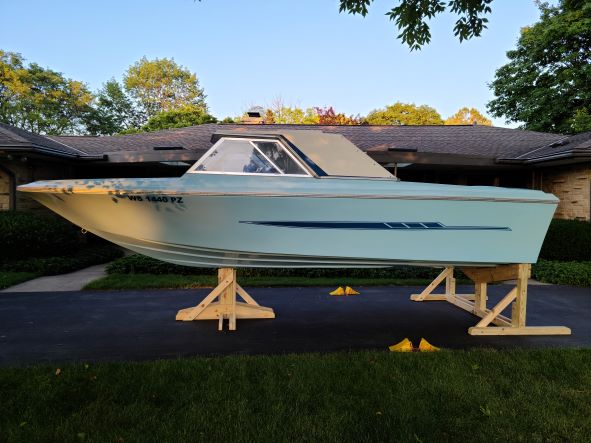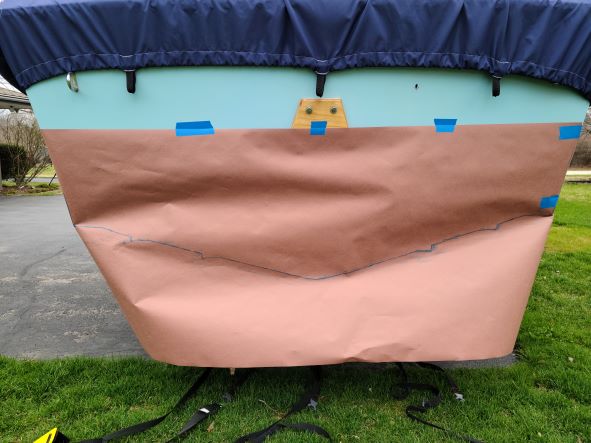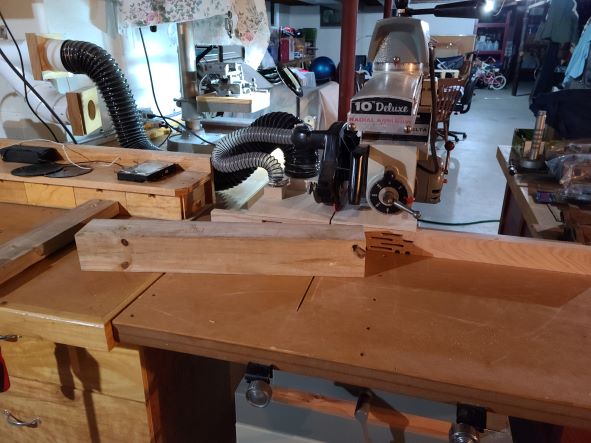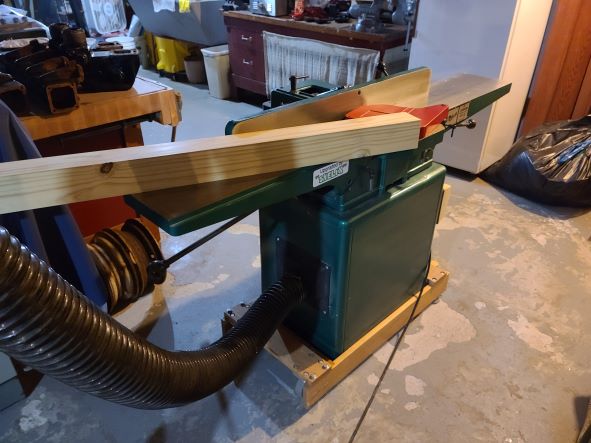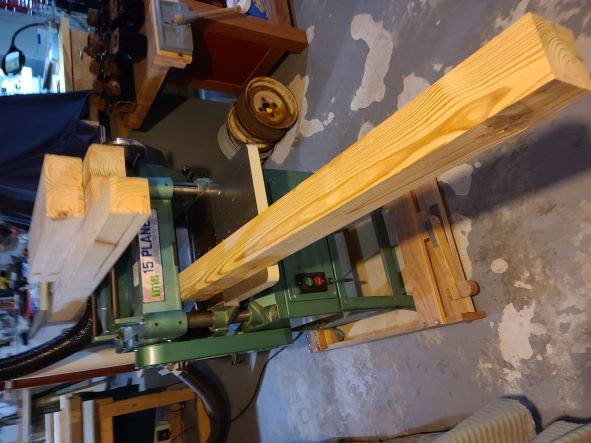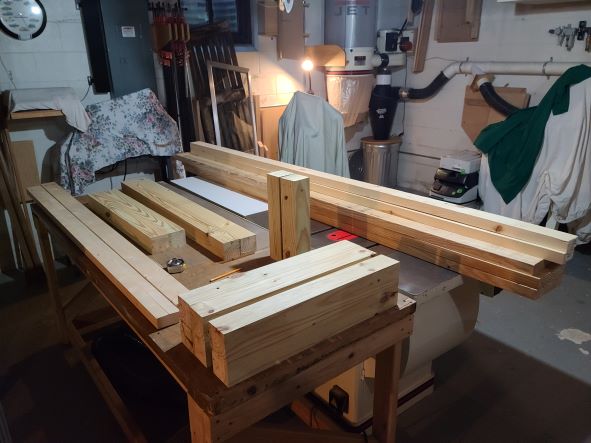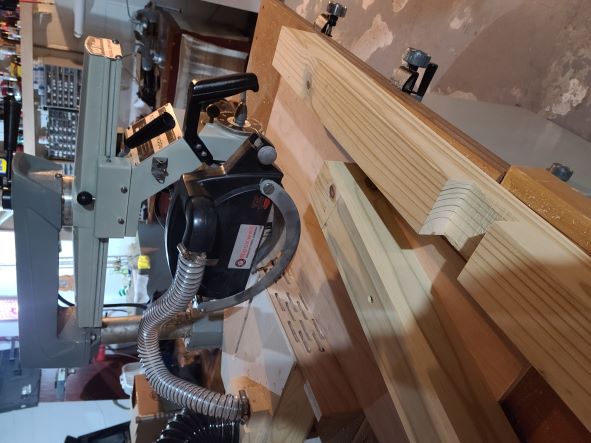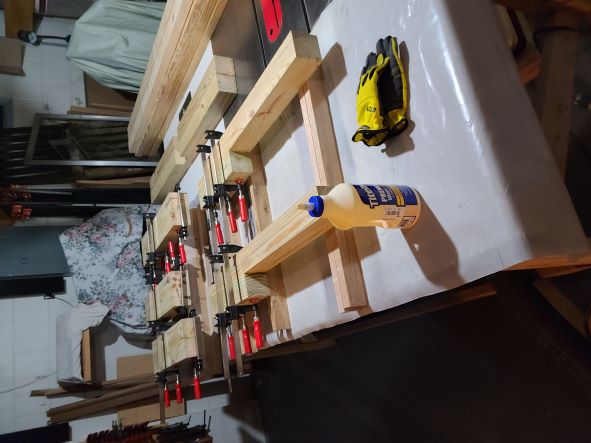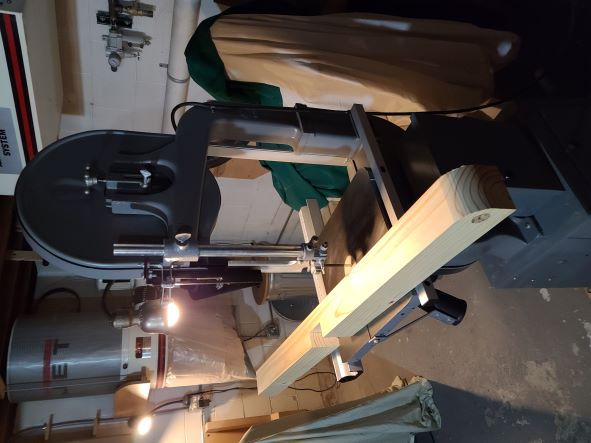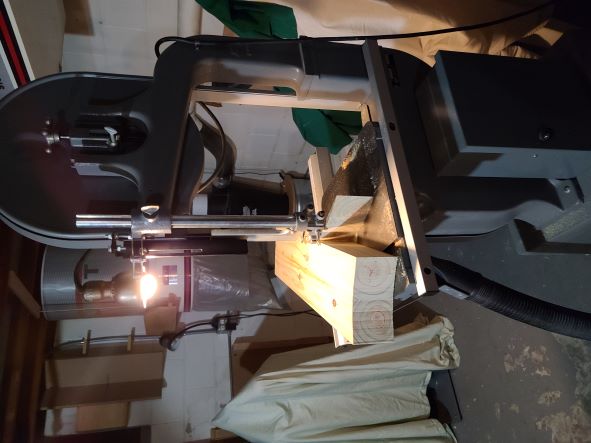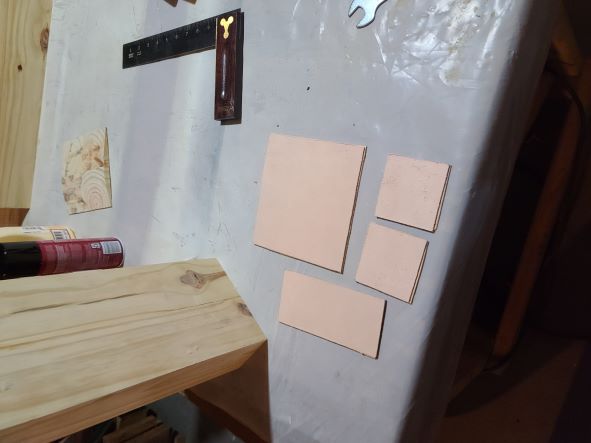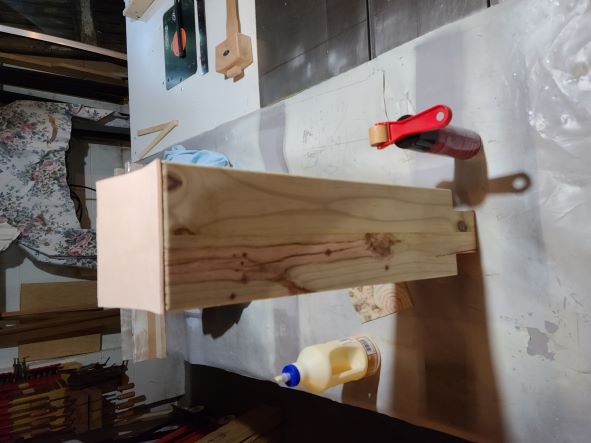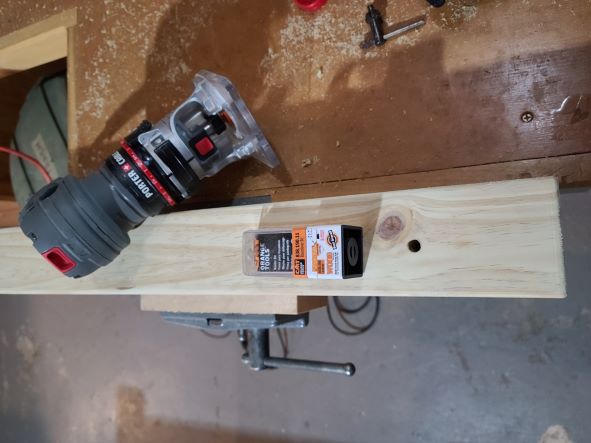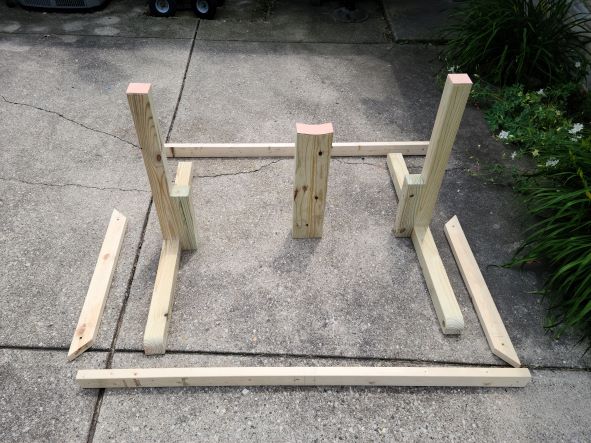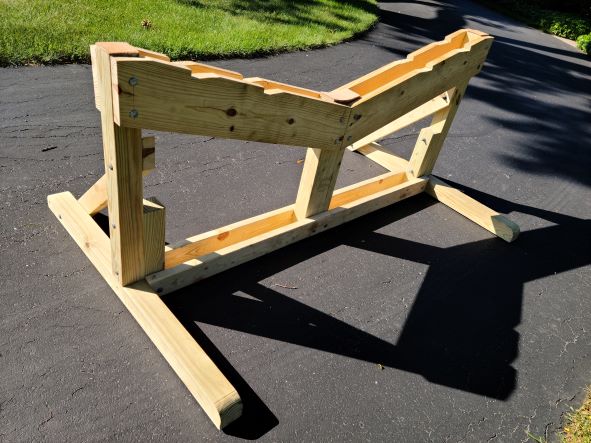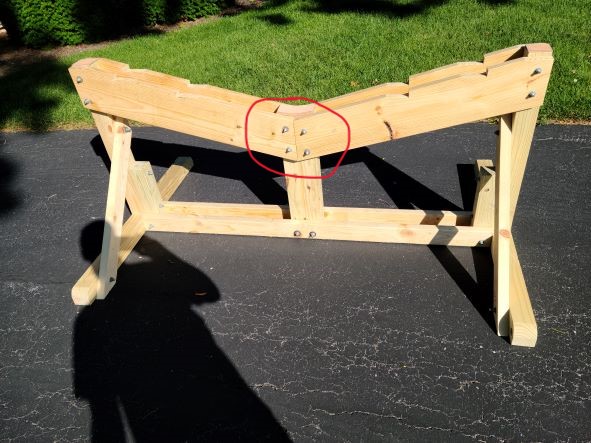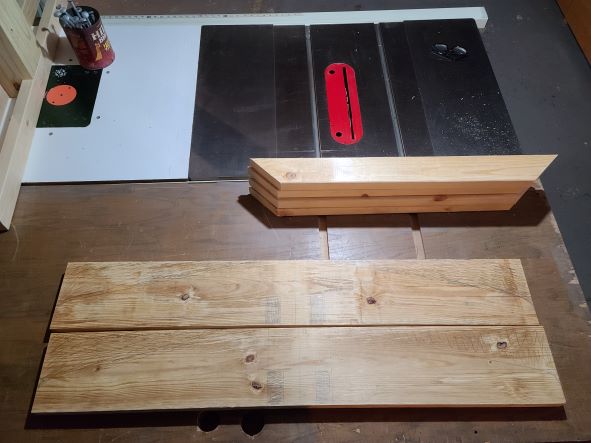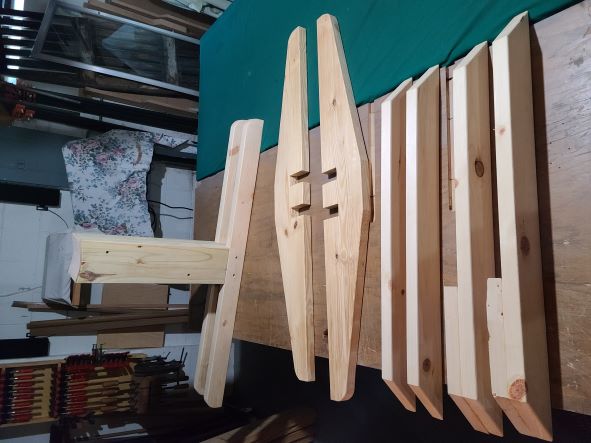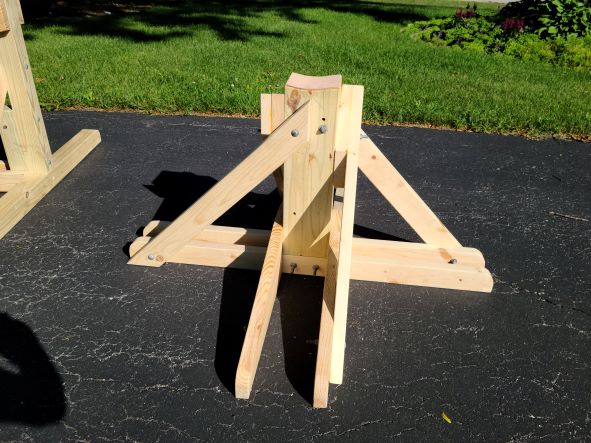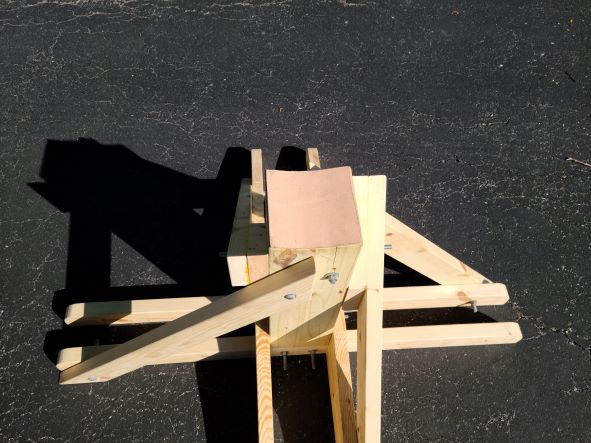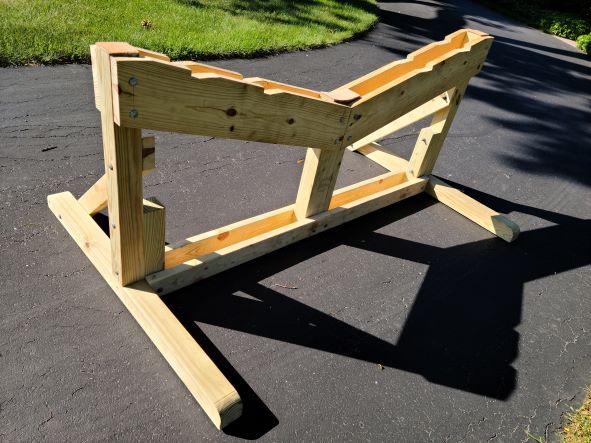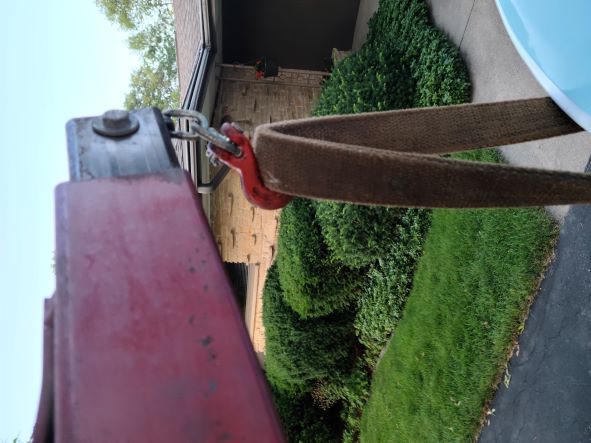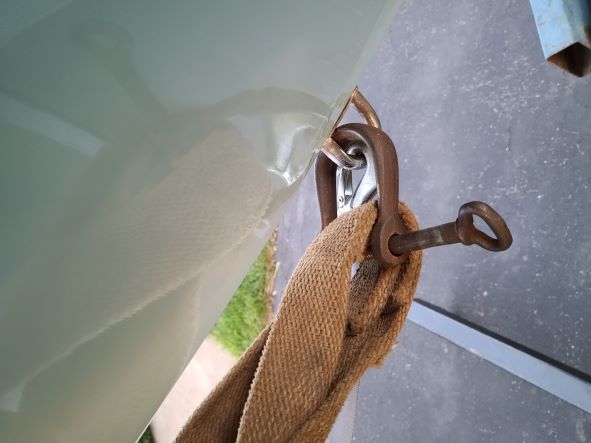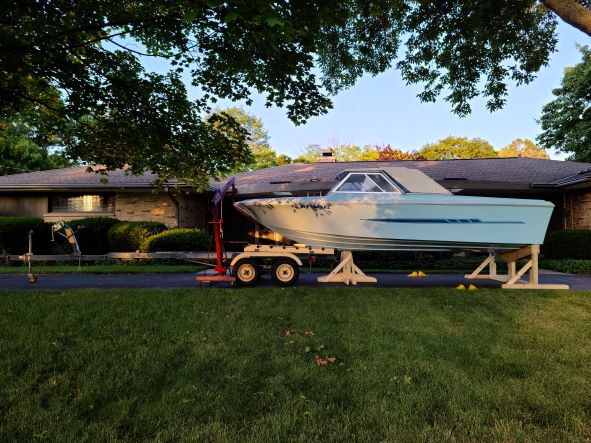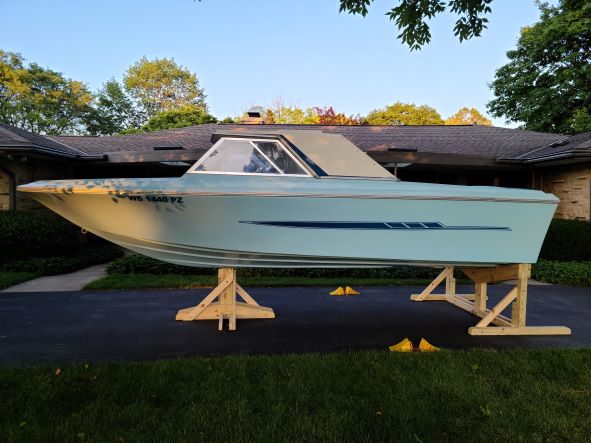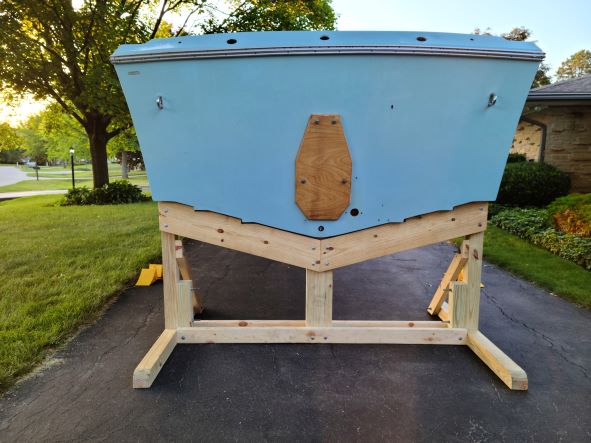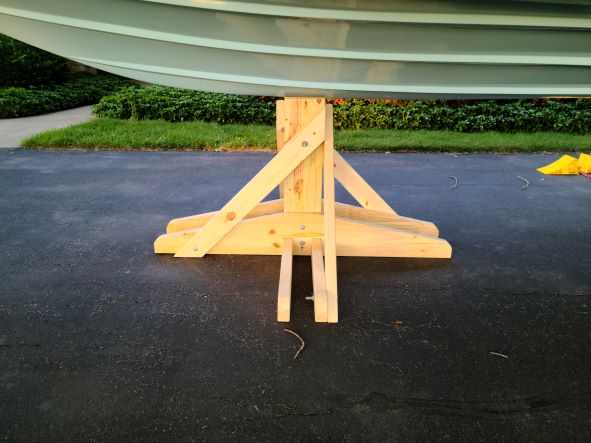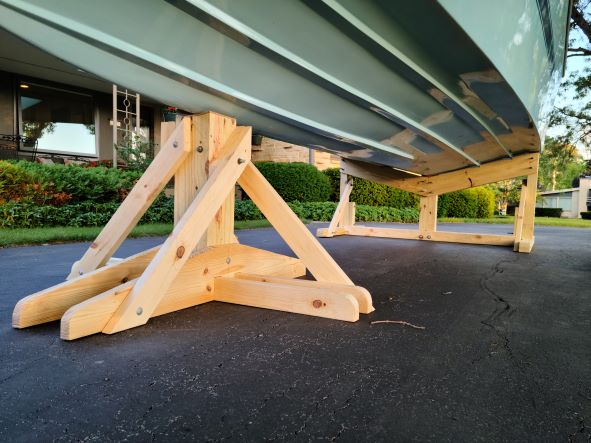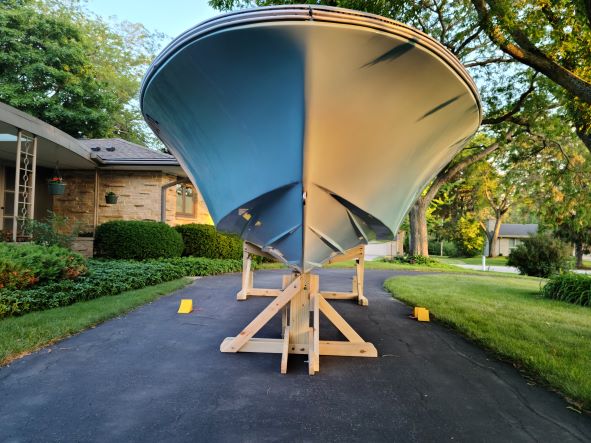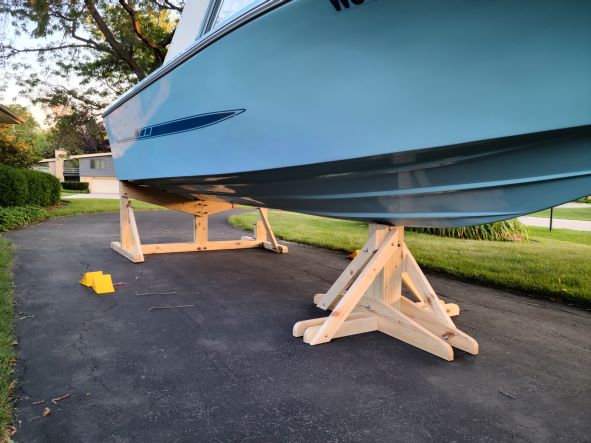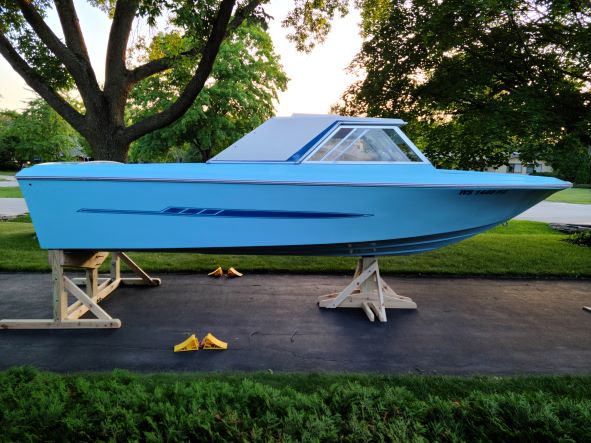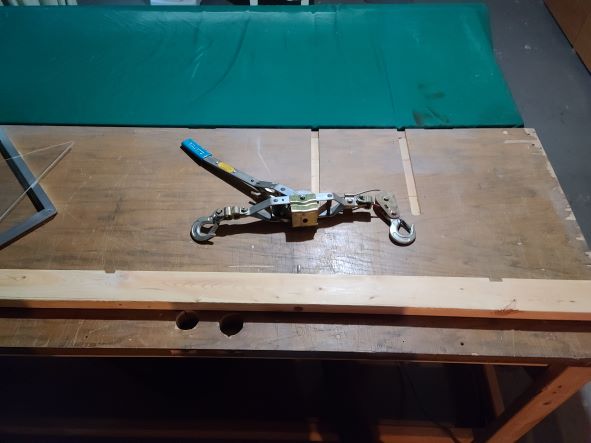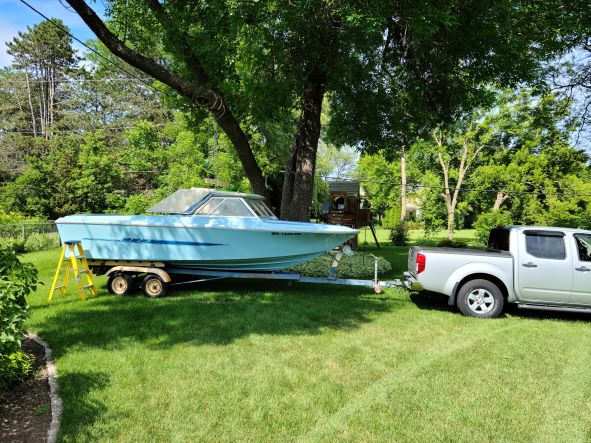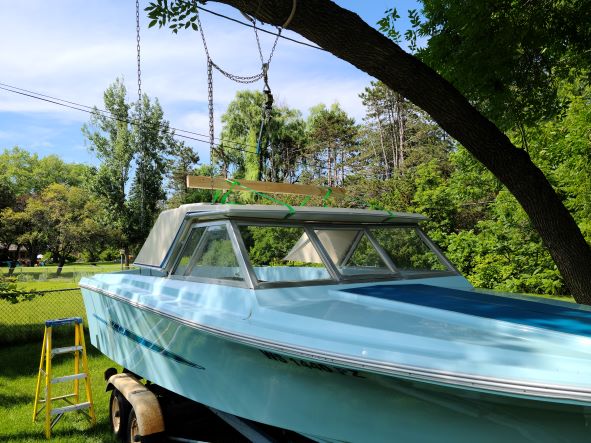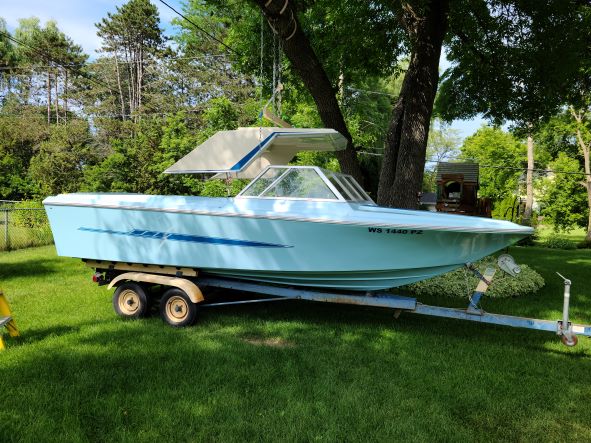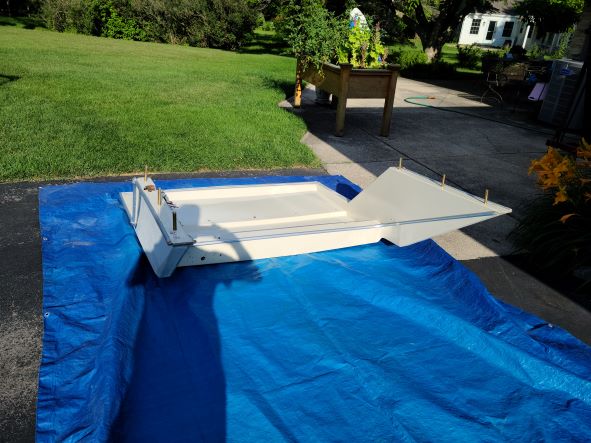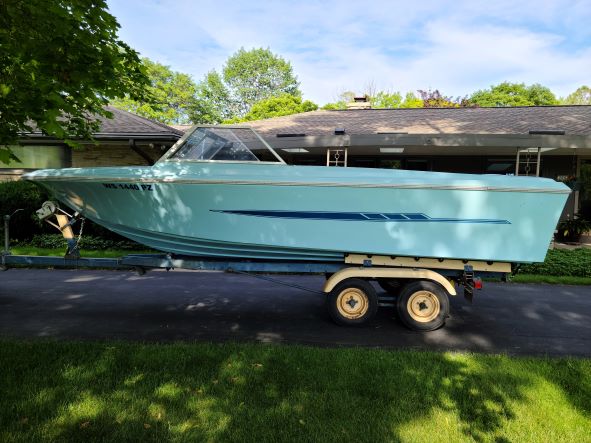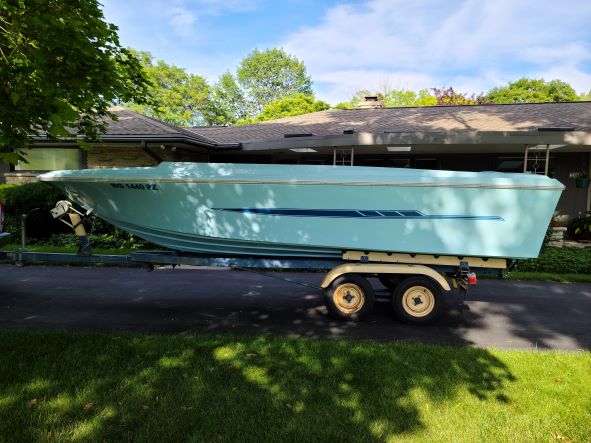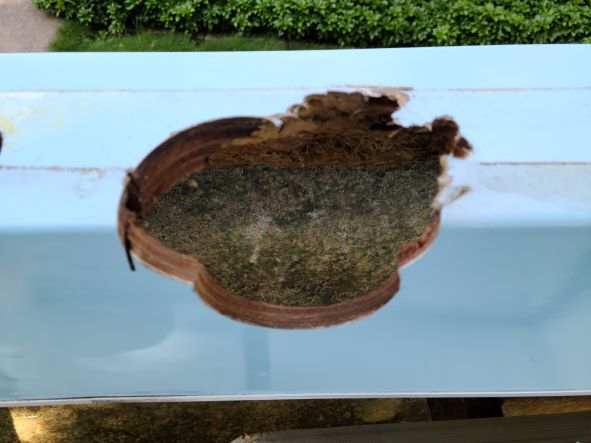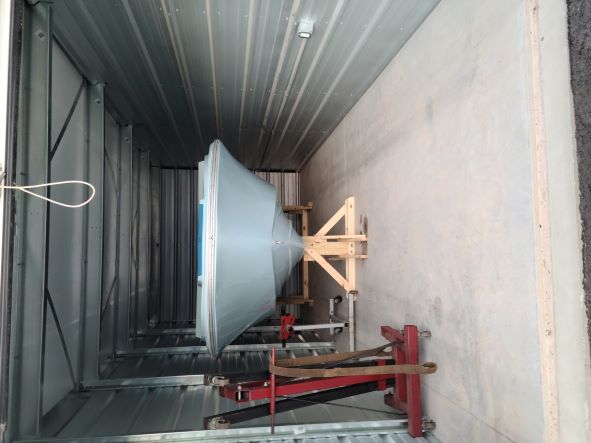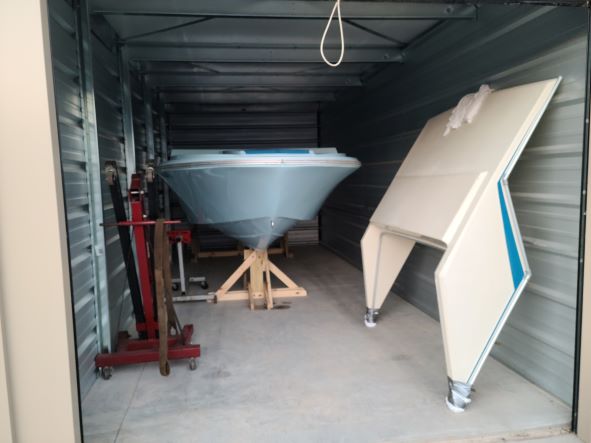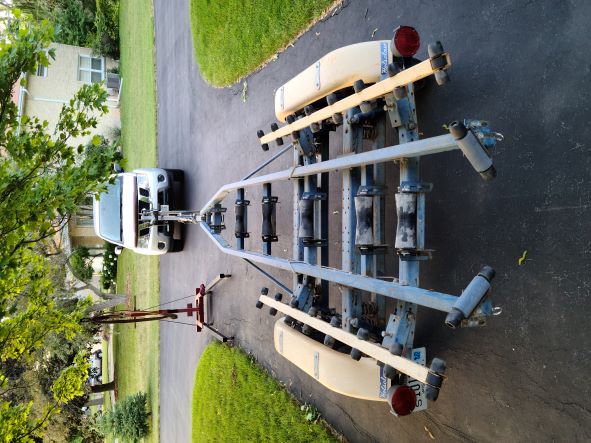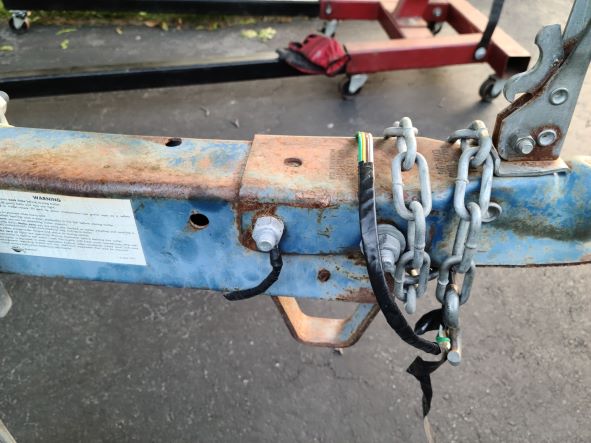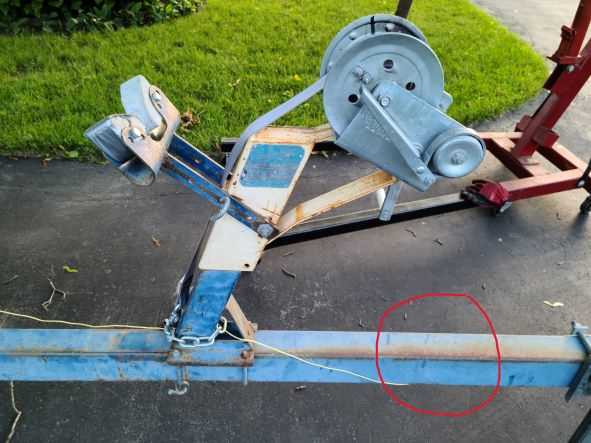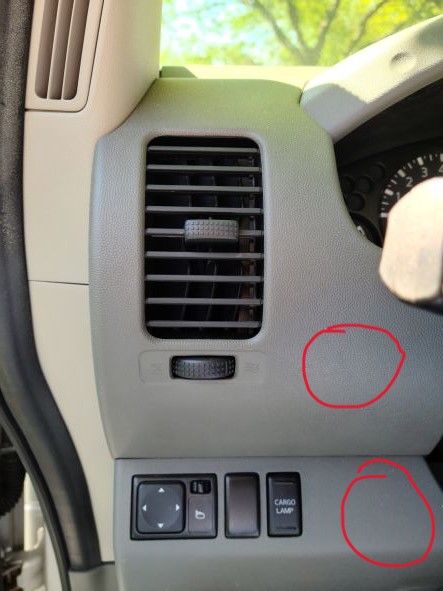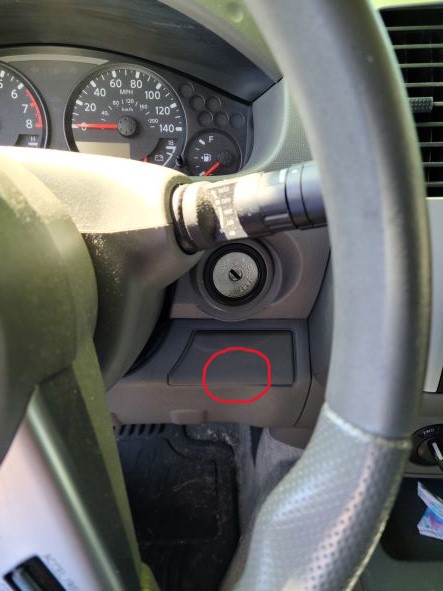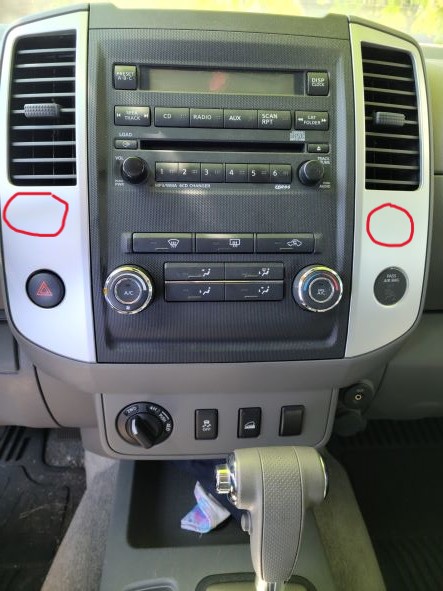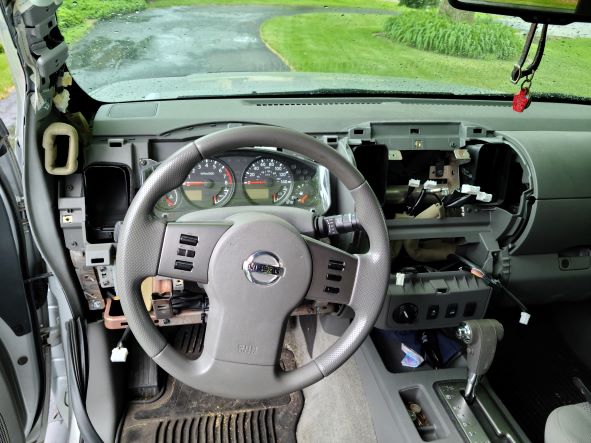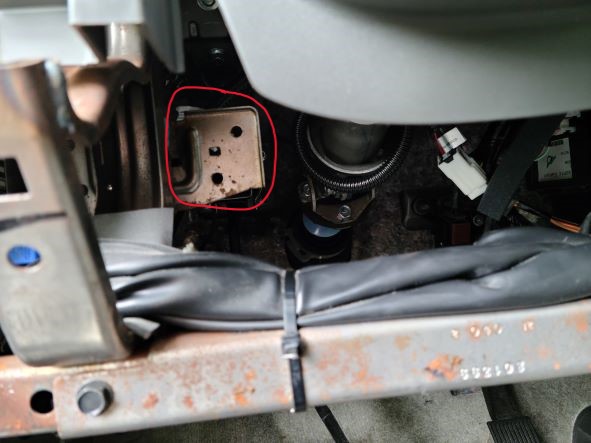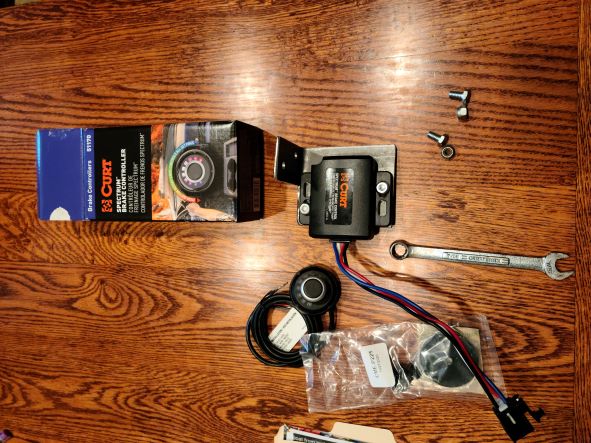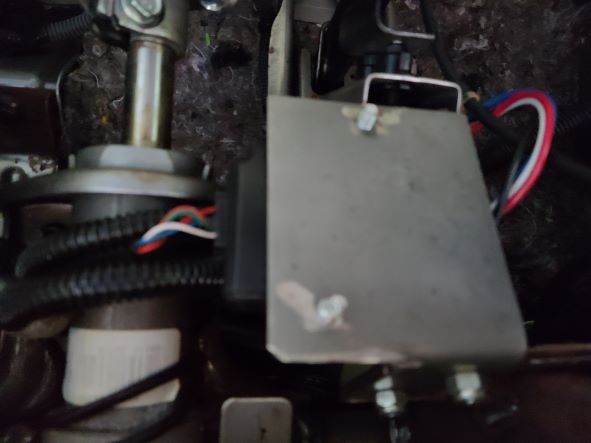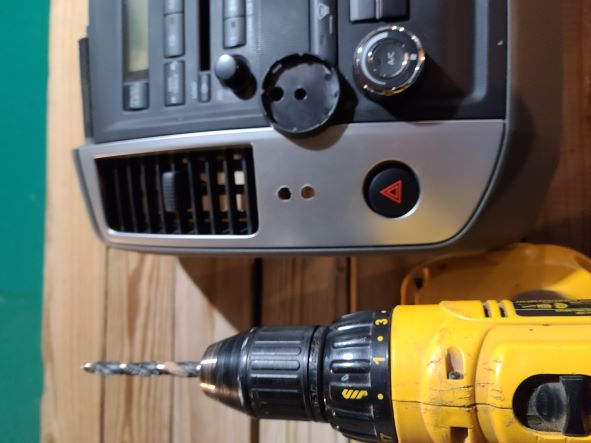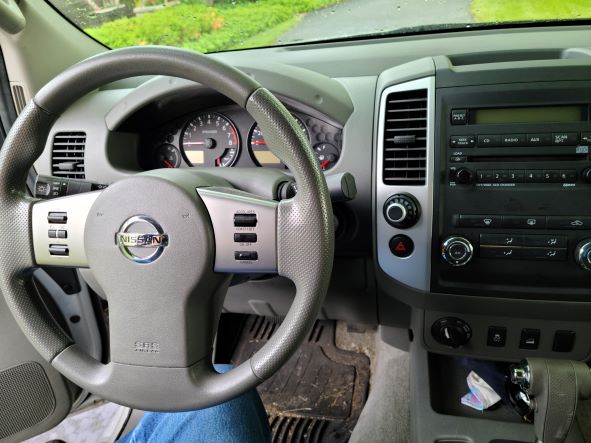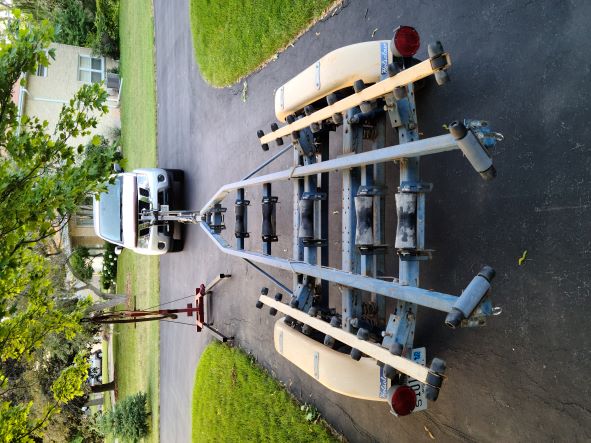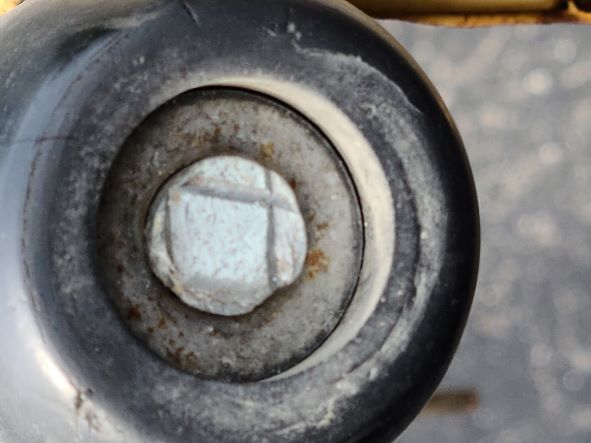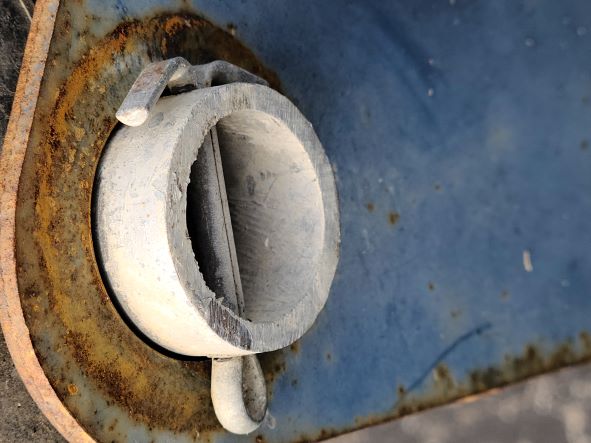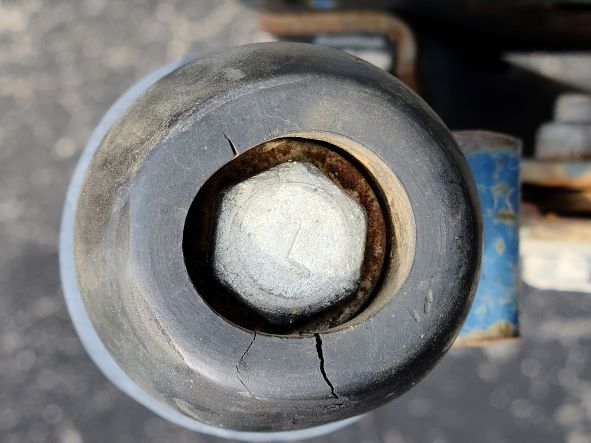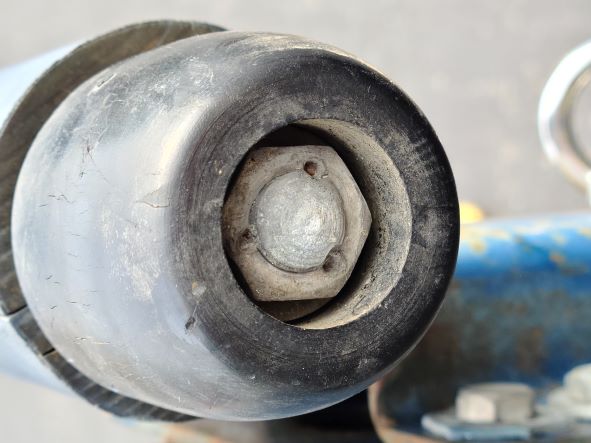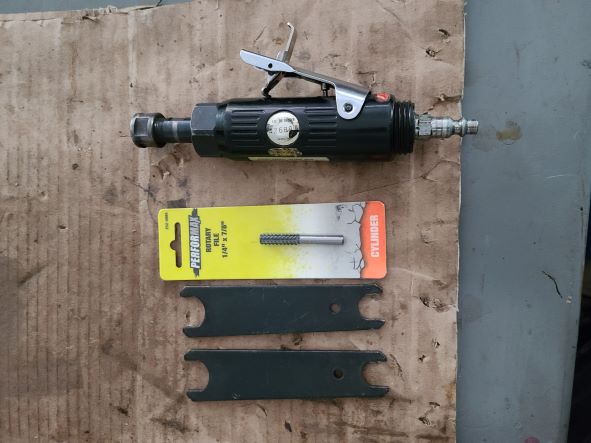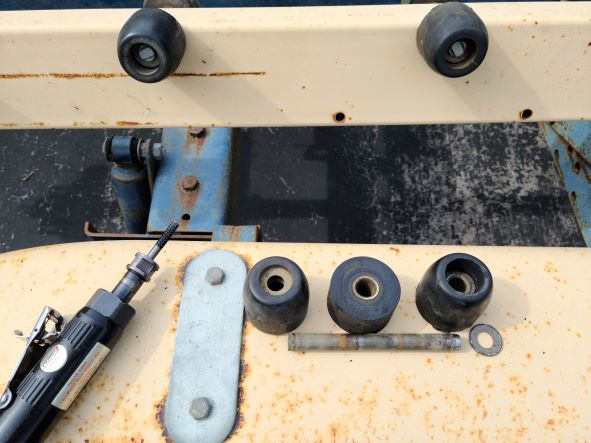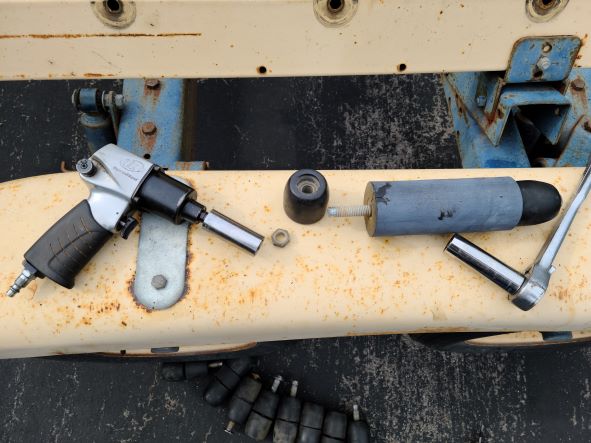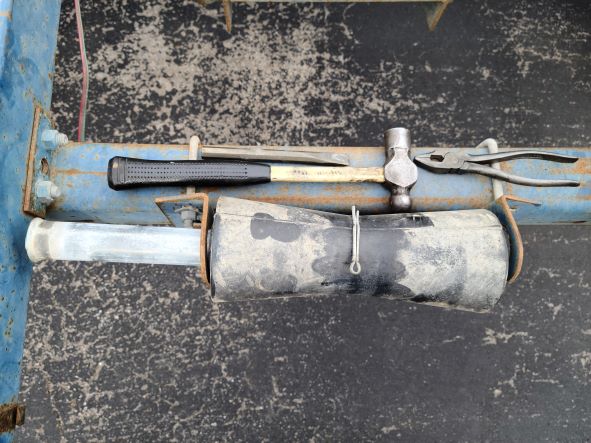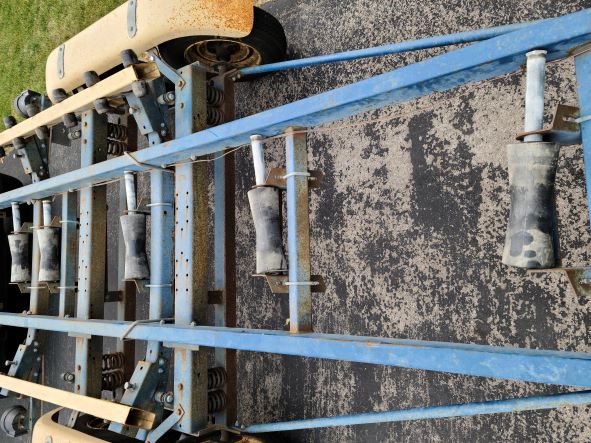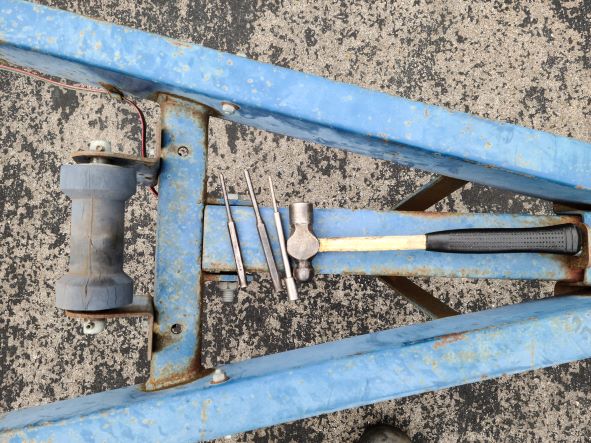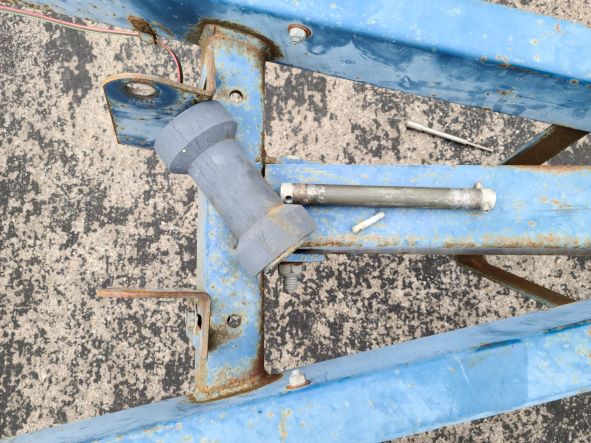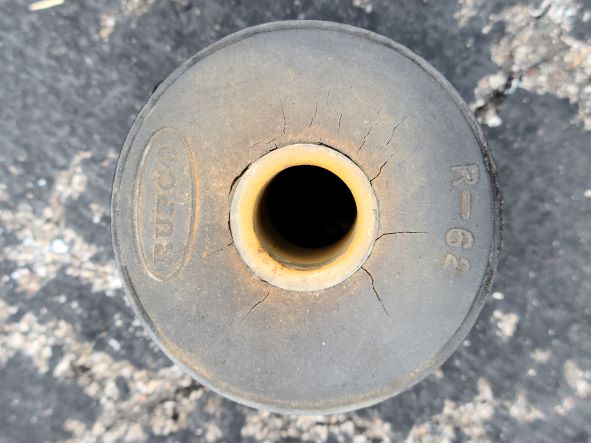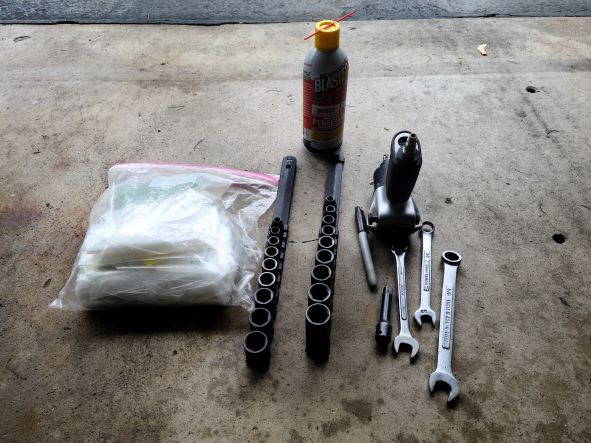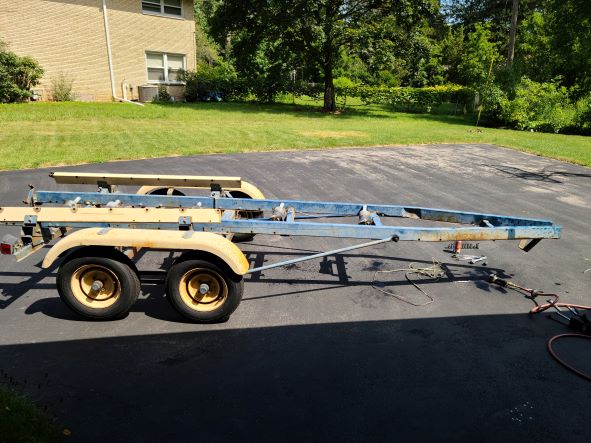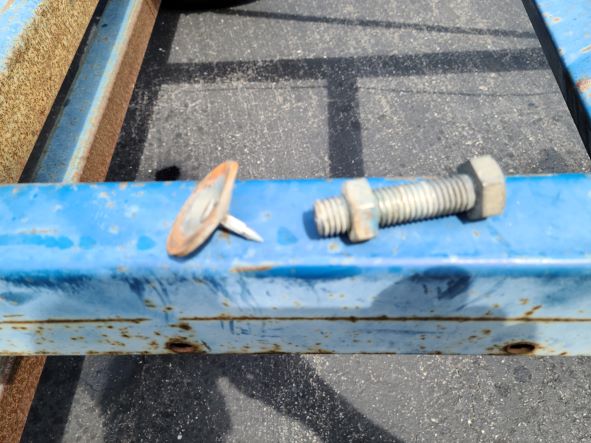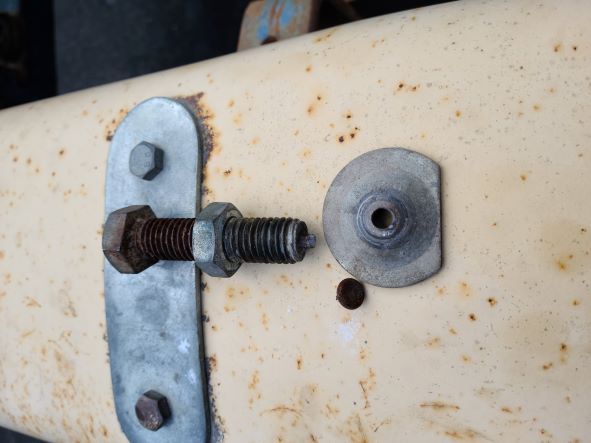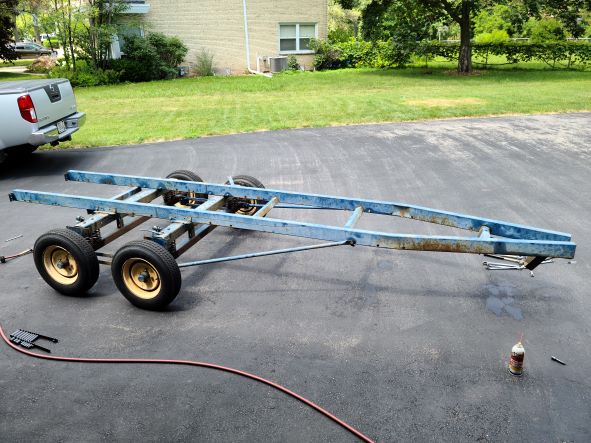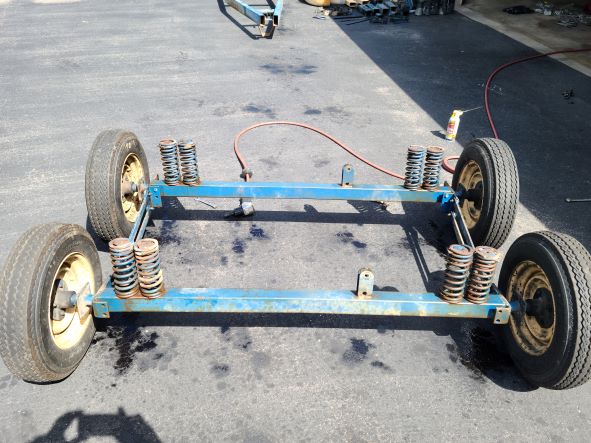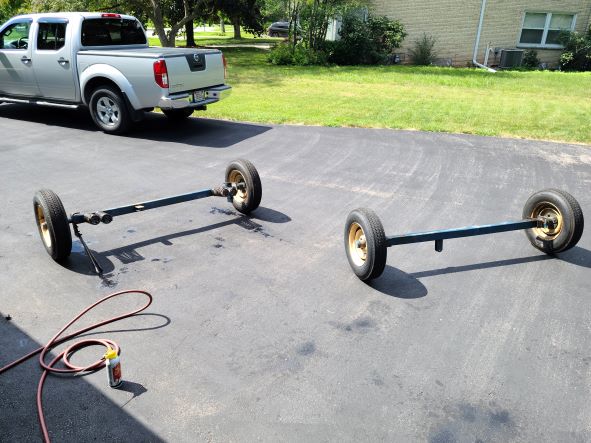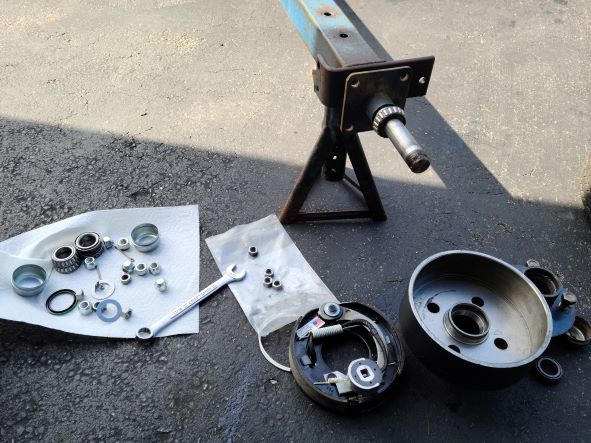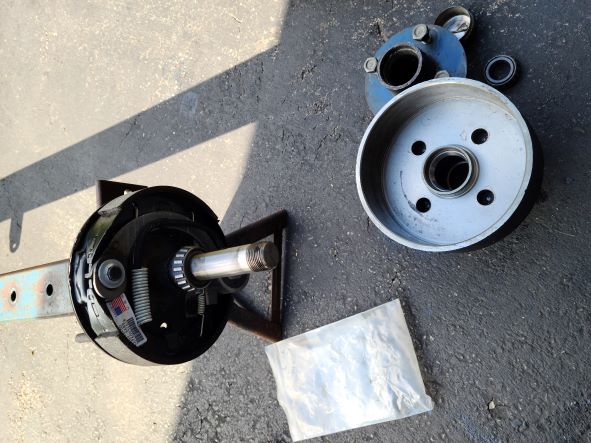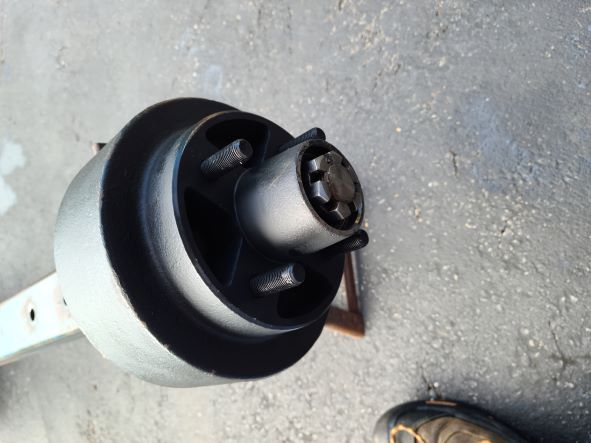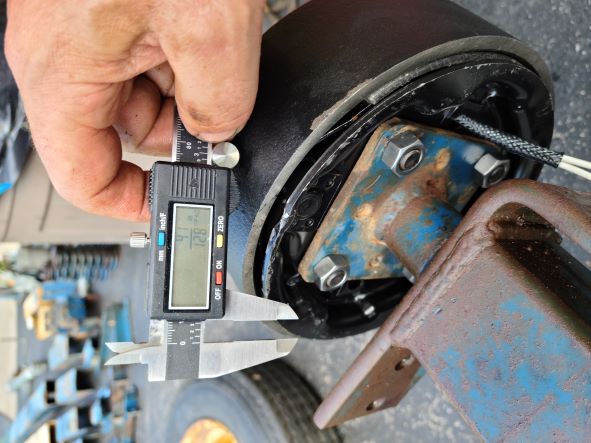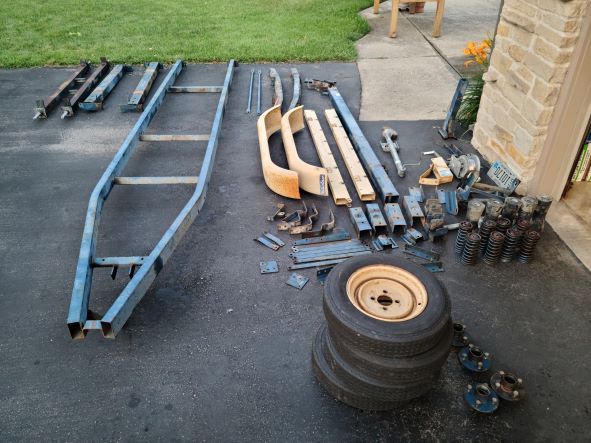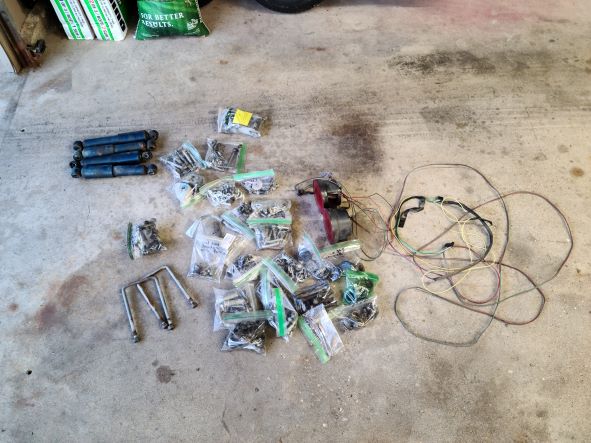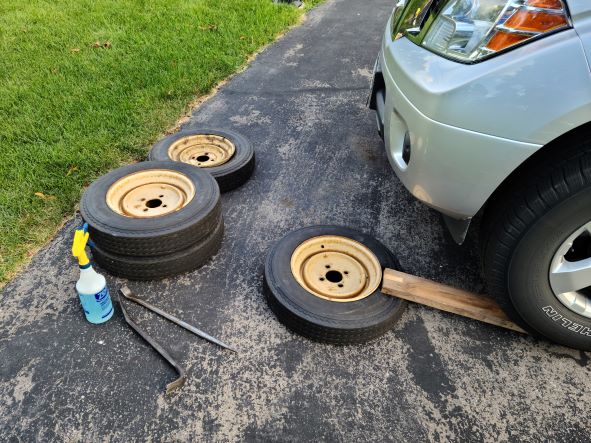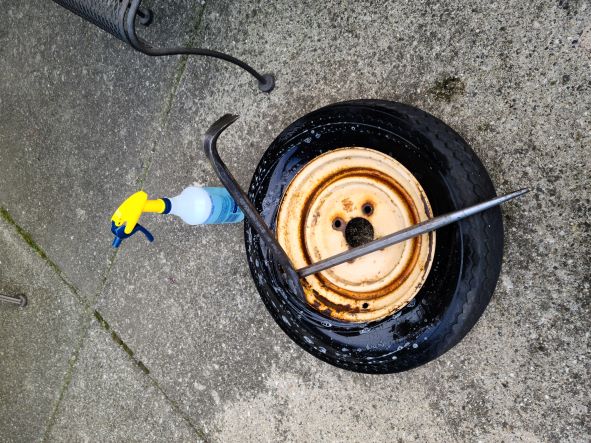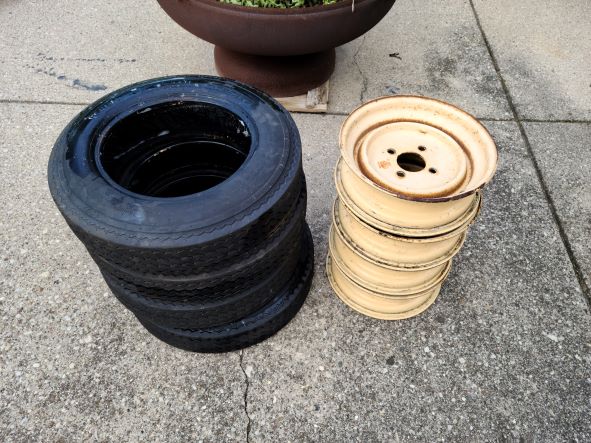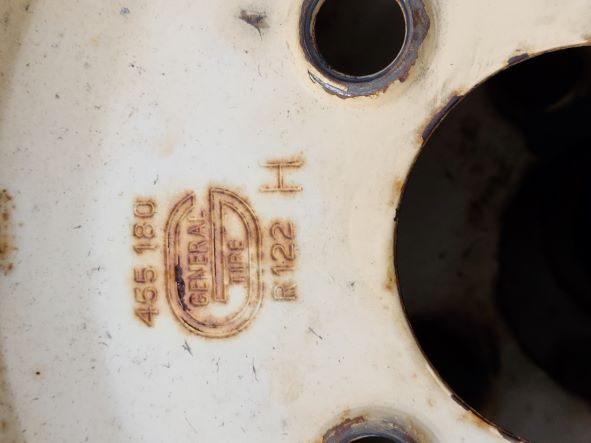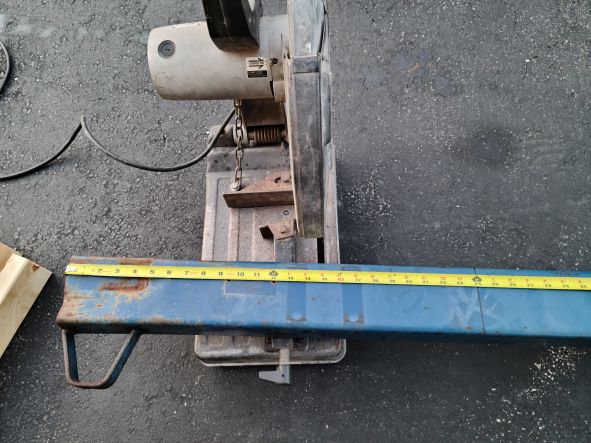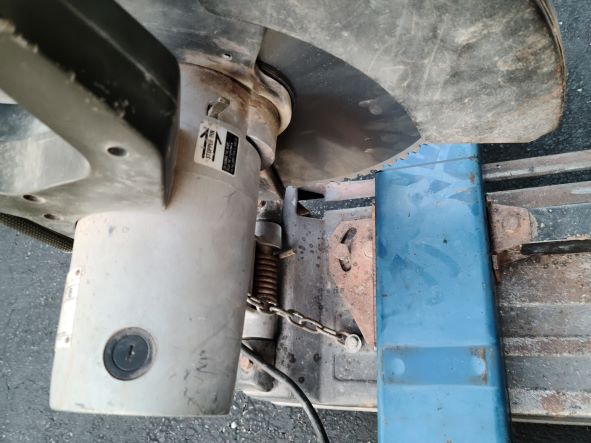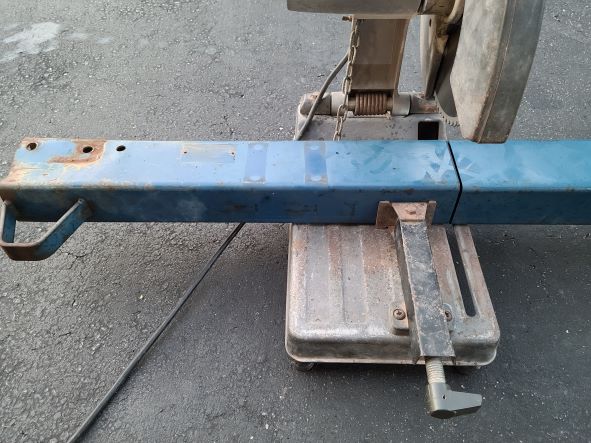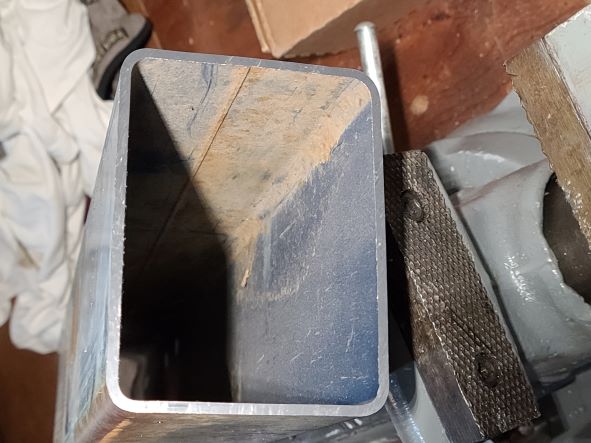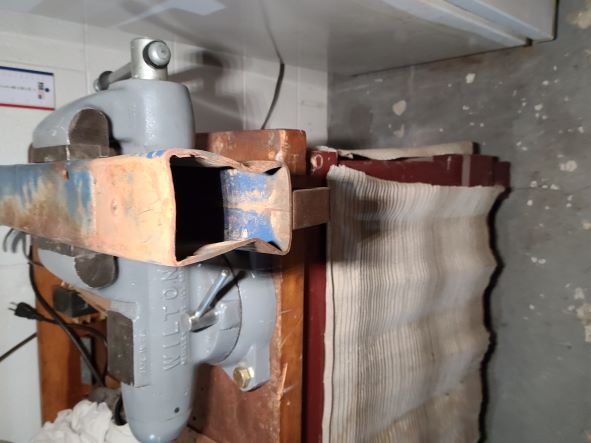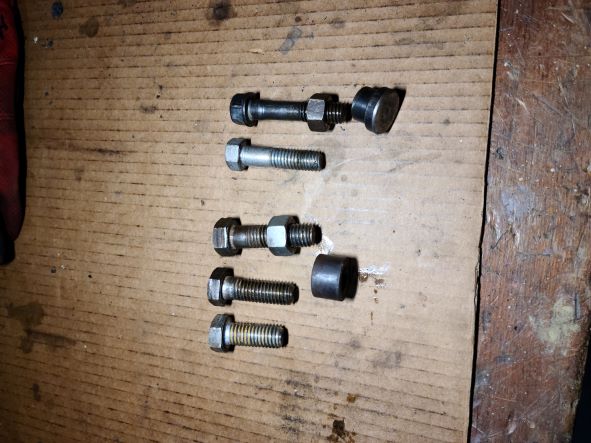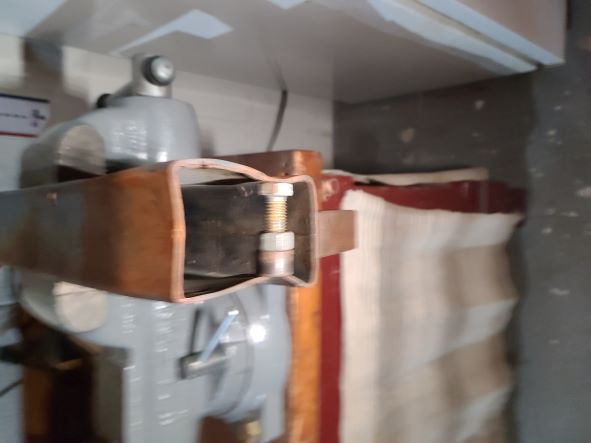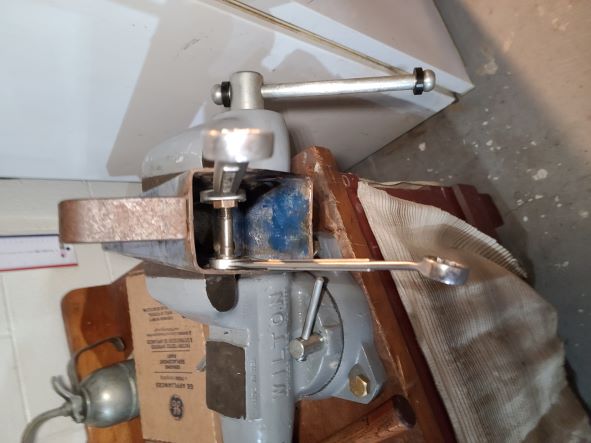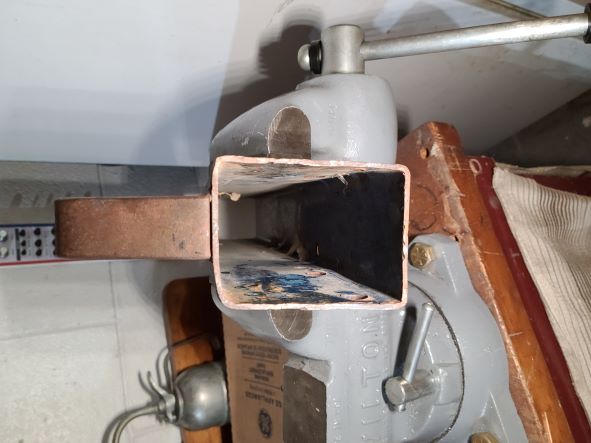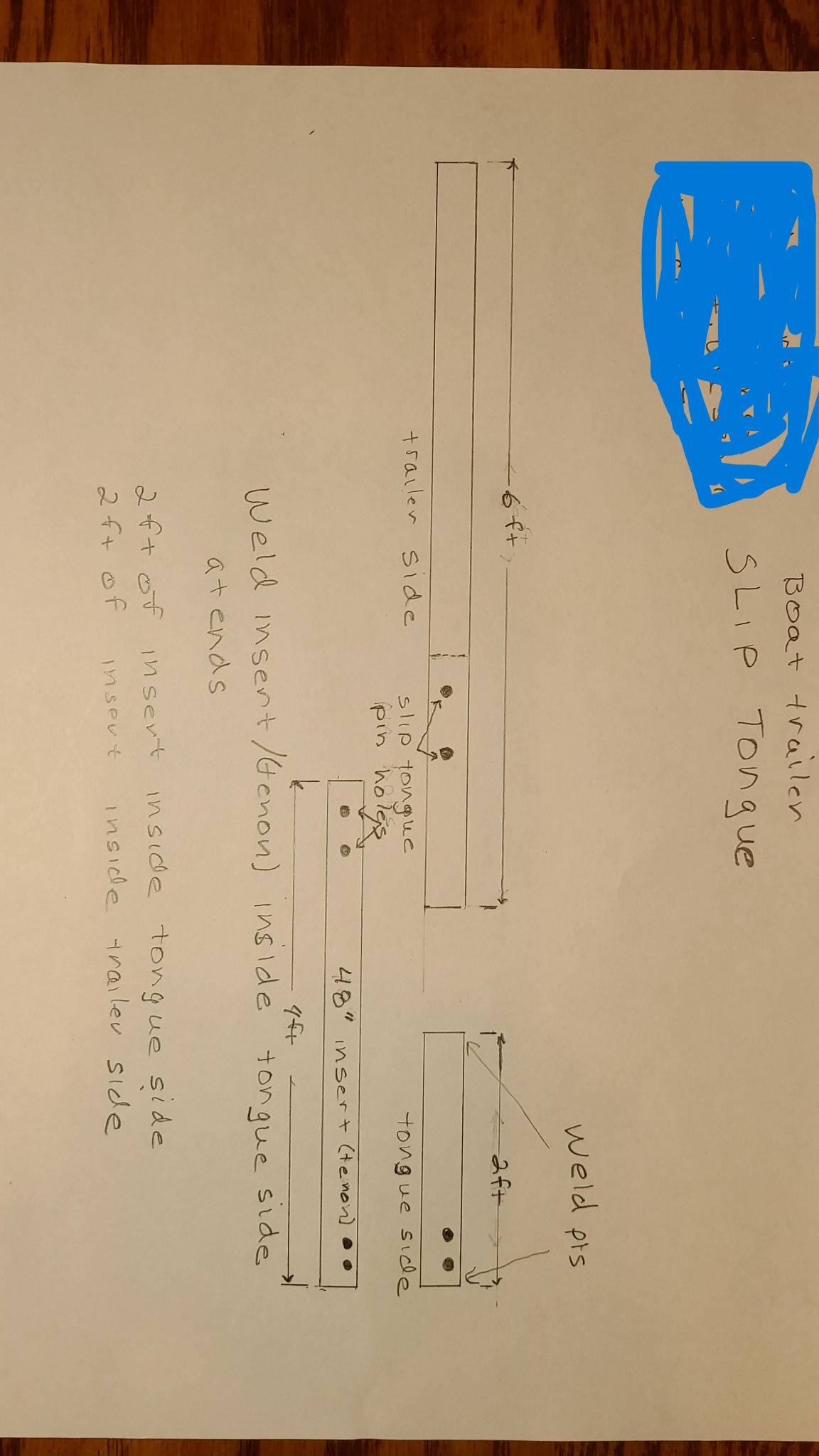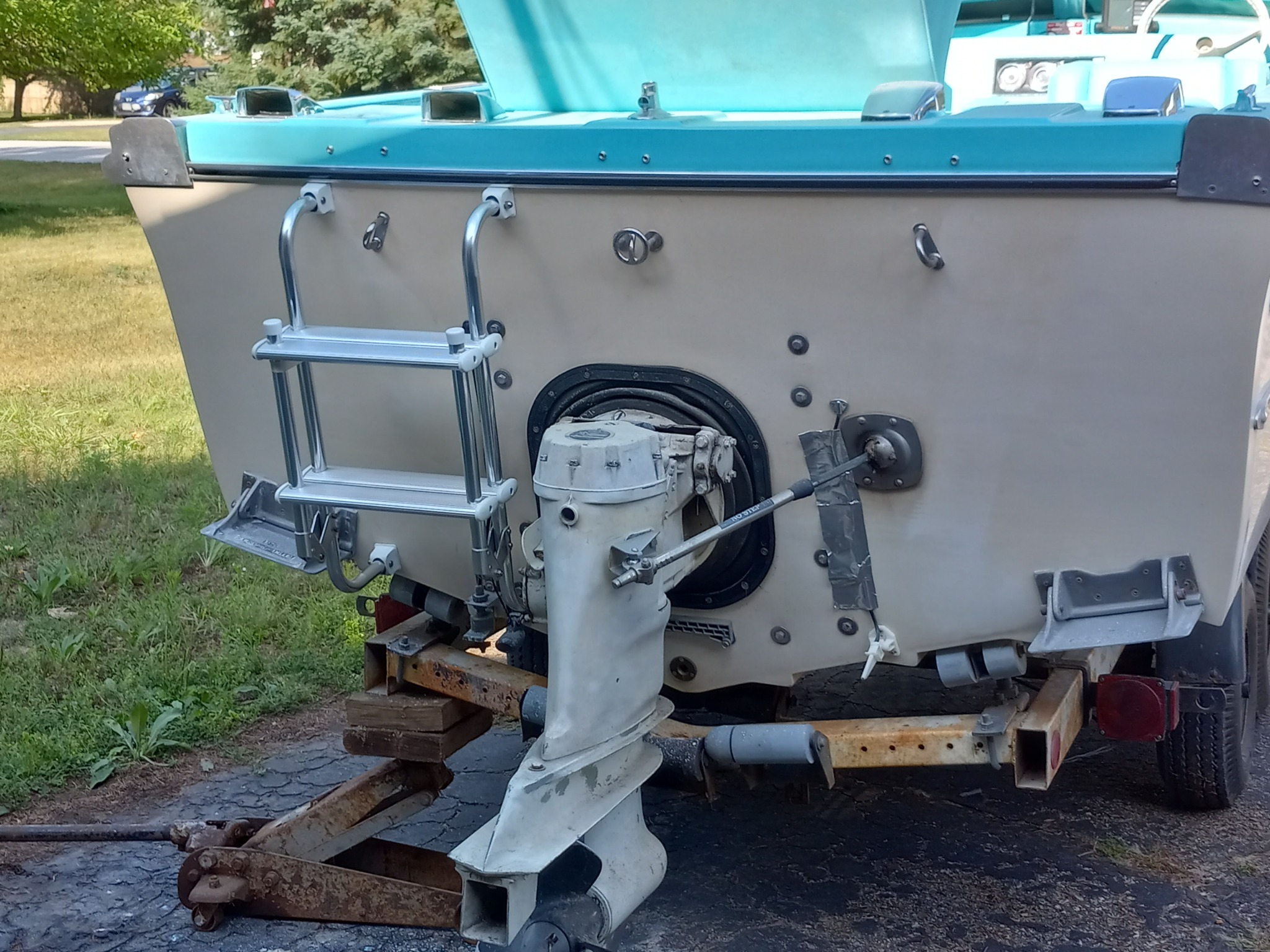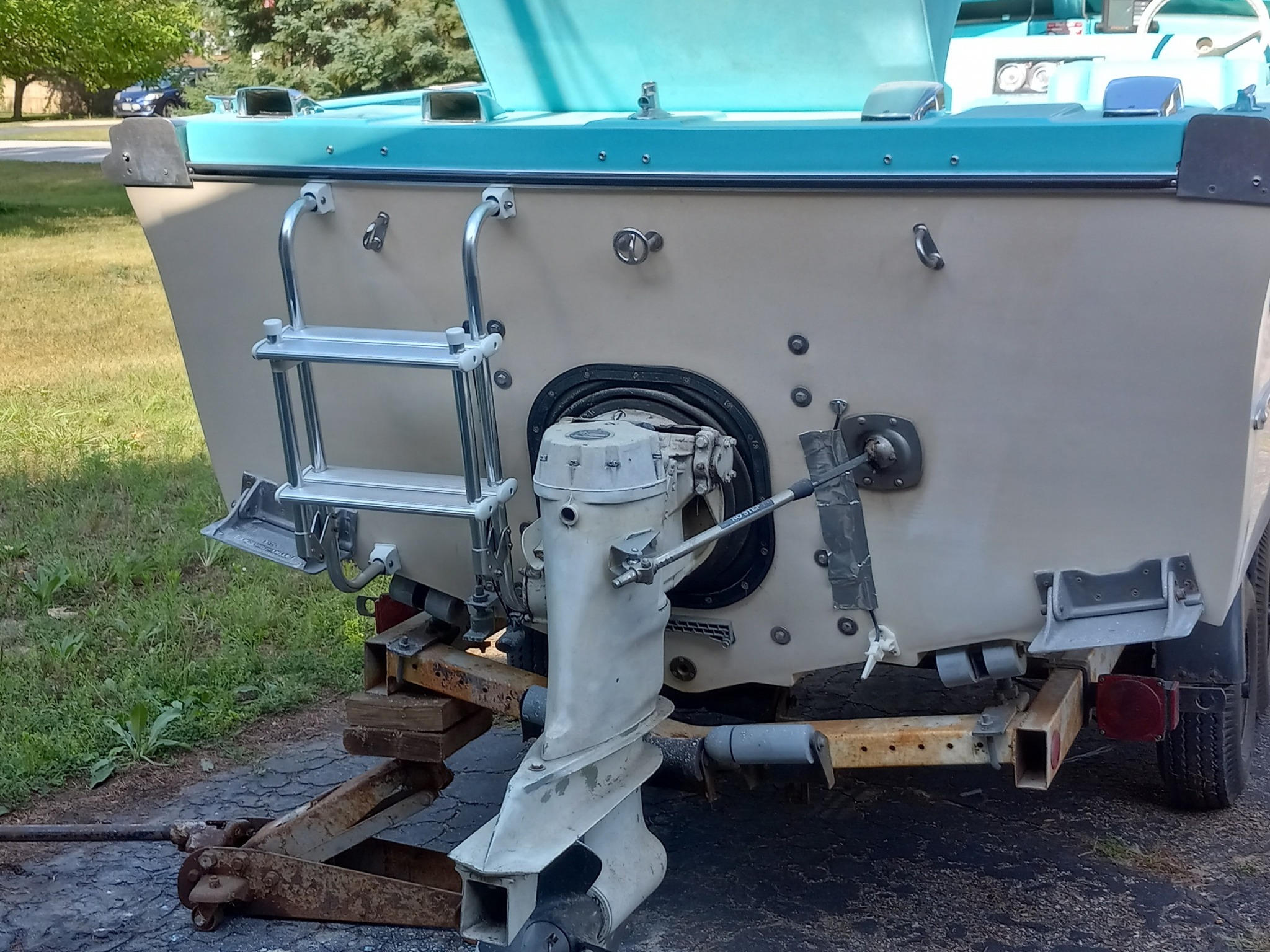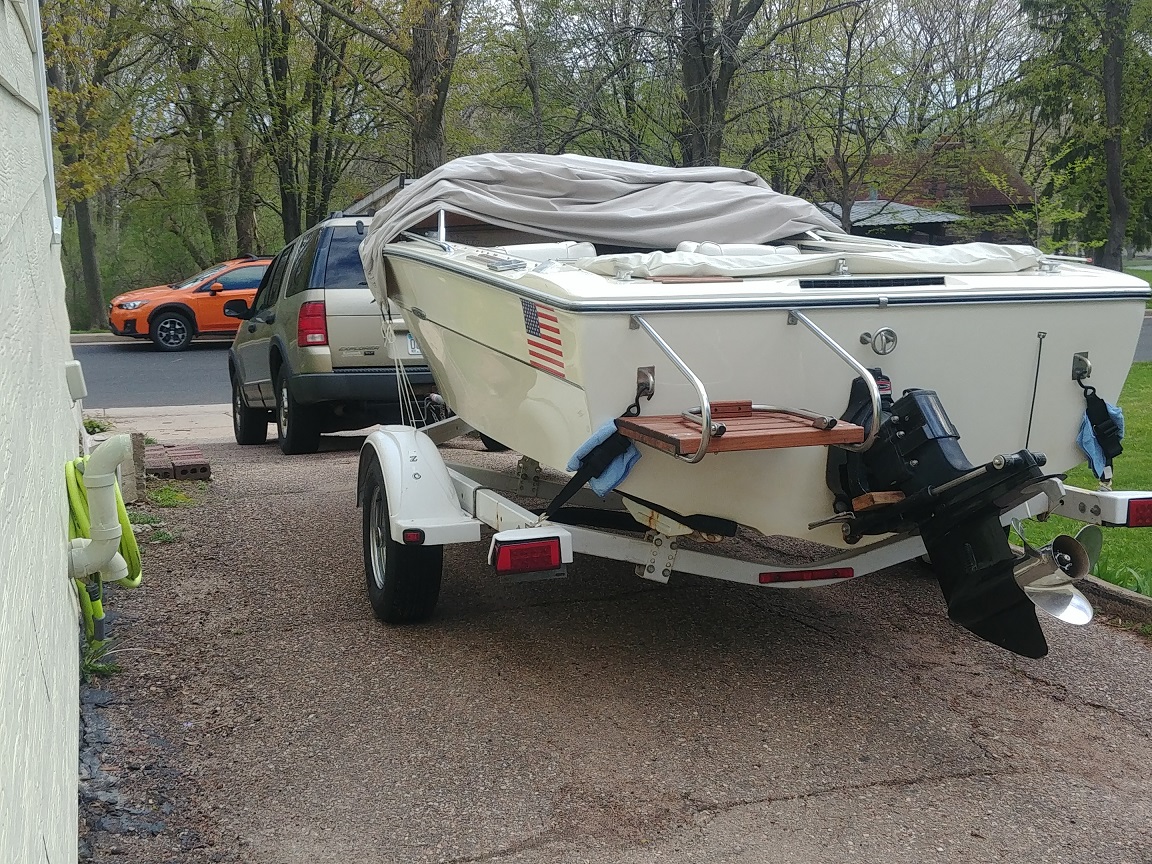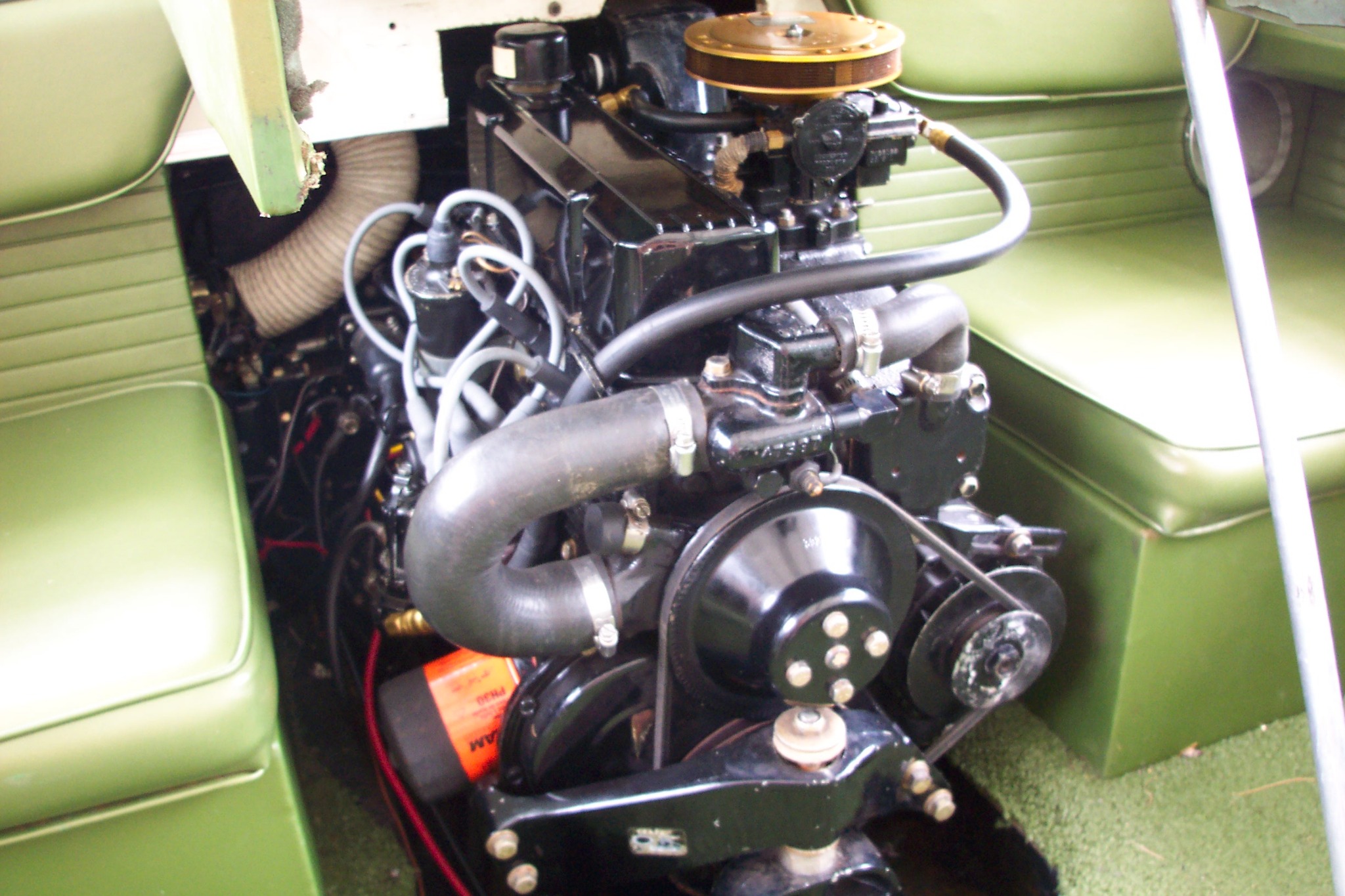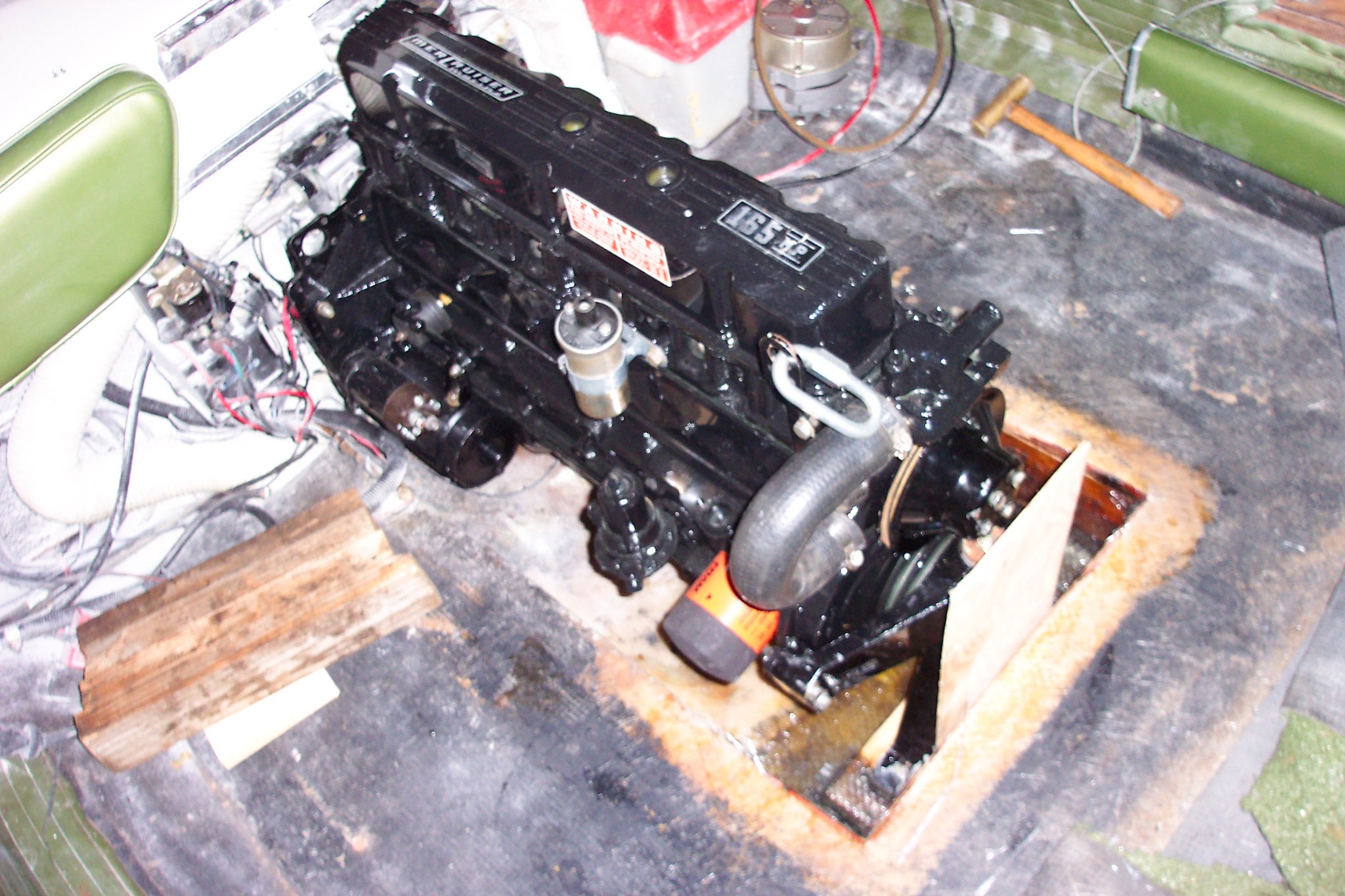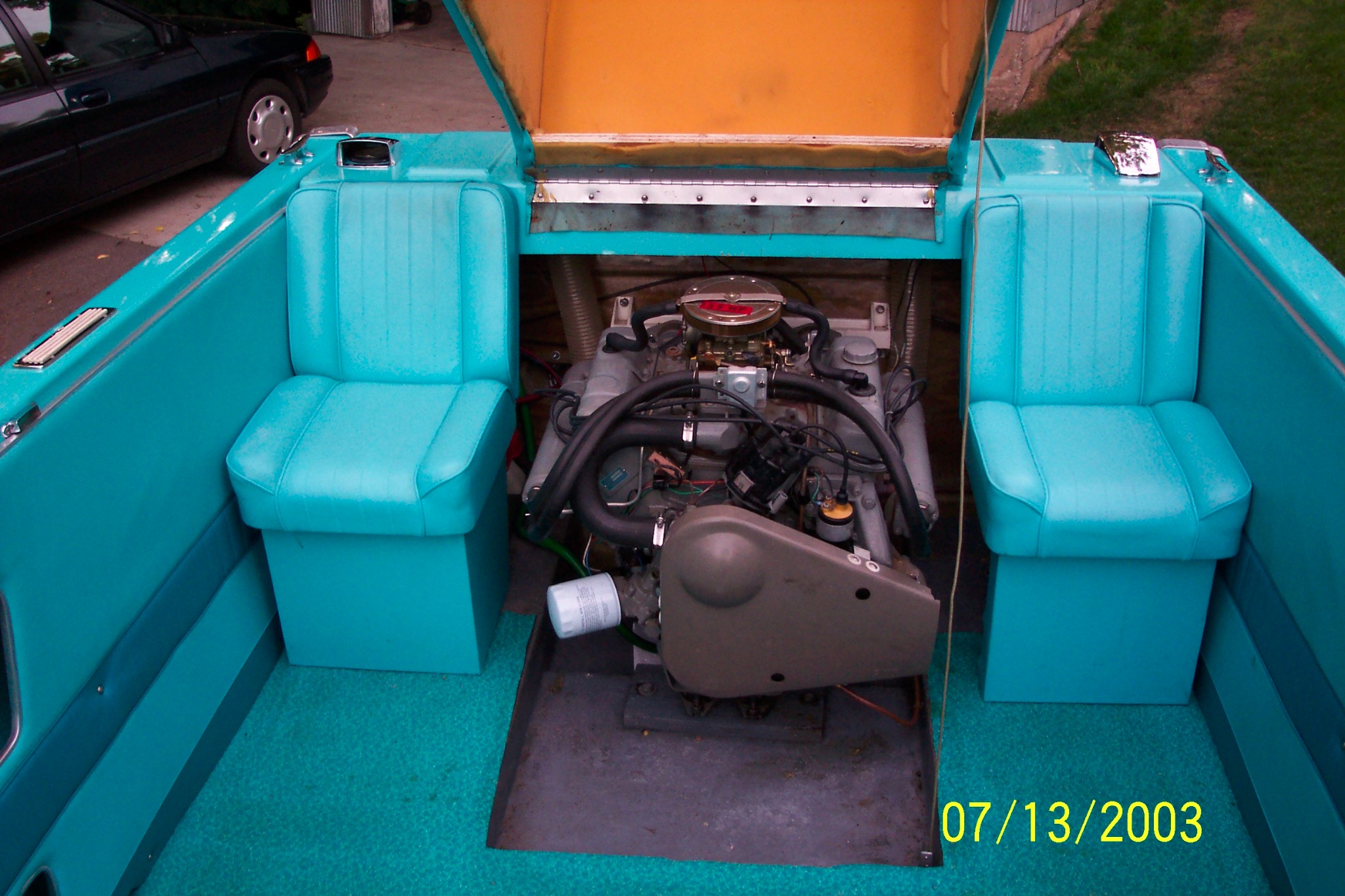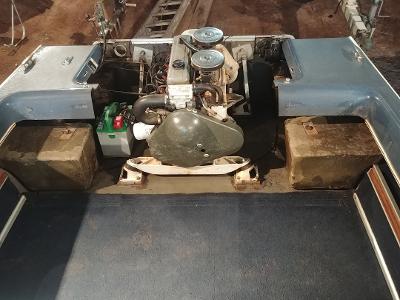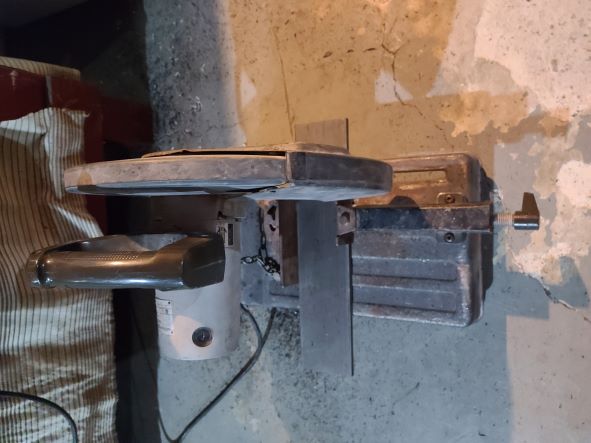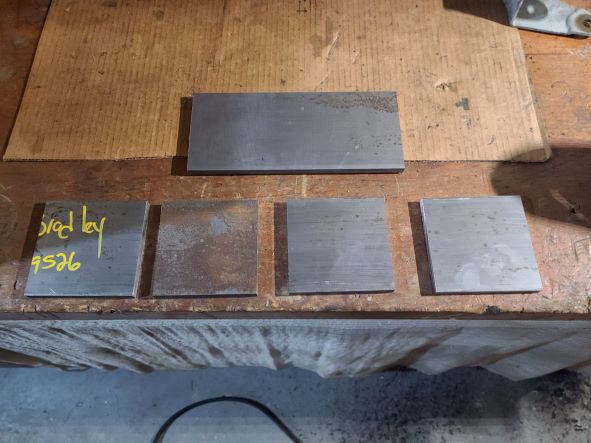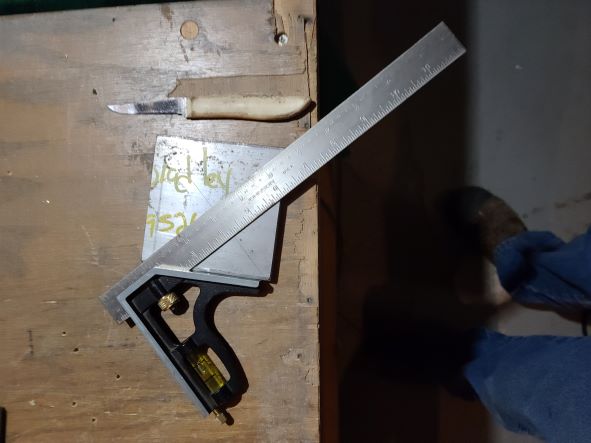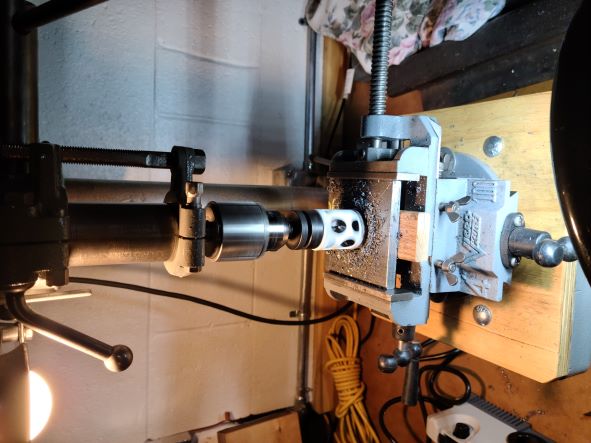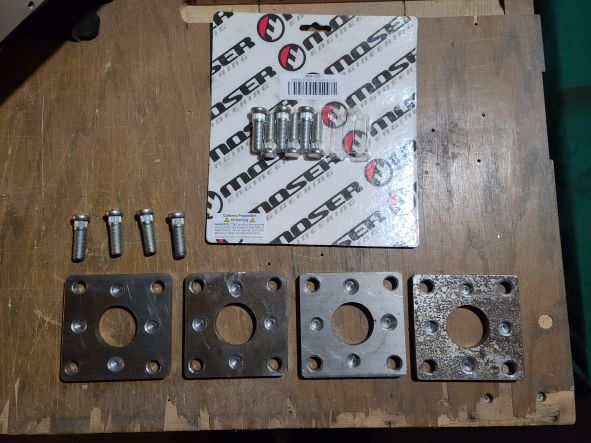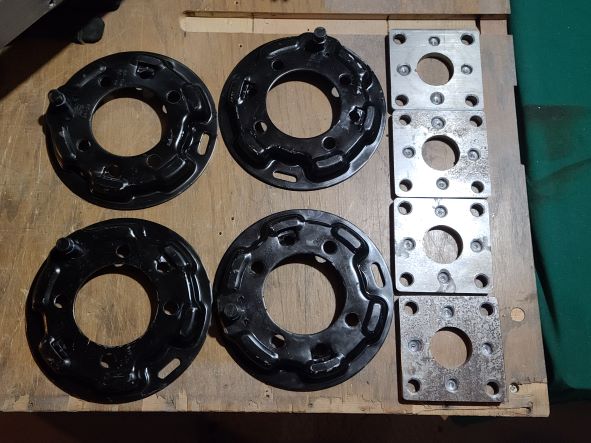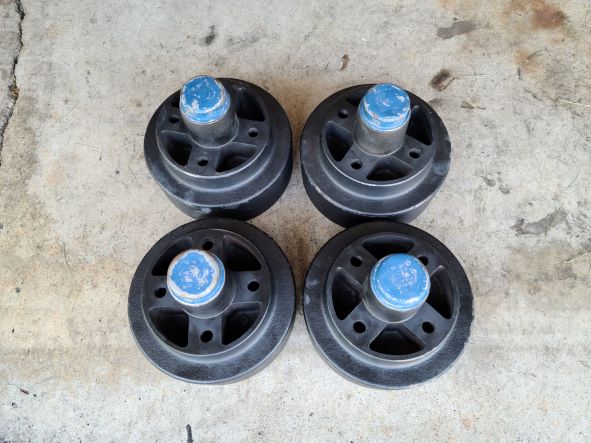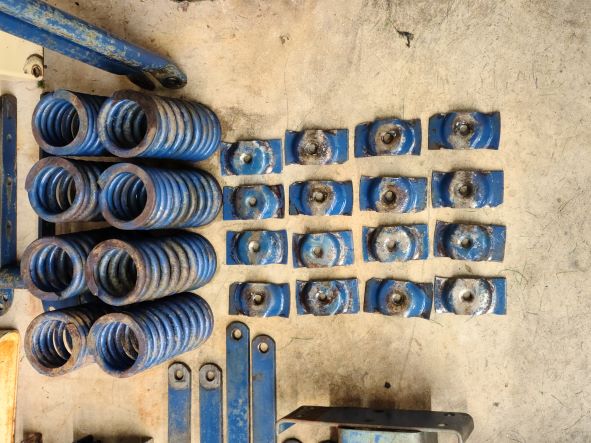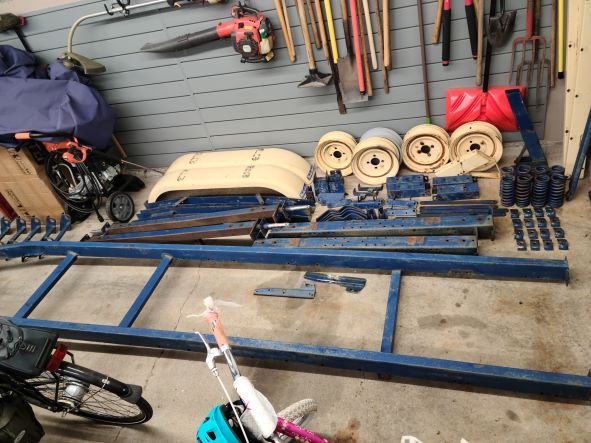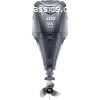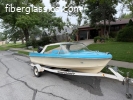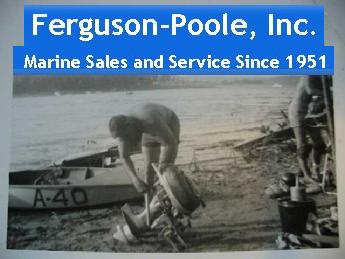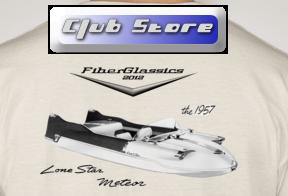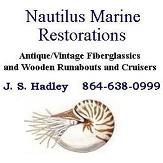|
Welcome,
Guest
|
TOPIC: 1971 Glasspar Newport Cruiser - Rejuvenation
1971 Glasspar Newport Cruiser - Rejuvenation 3 years 6 months ago #146699
|
Please Log in or Create an account to join the conversation. |
1971 Glasspar Newport Cruiser - Rejuvenation 3 years 6 months ago #146754
|
Please Log in or Create an account to join the conversation. |
1971 Glasspar Newport Cruiser - Rejuvenation 3 years 6 months ago #146755
|
Please Log in or Create an account to join the conversation.
Dr.Go!
|
1971 Glasspar Newport Cruiser - Rejuvenation 3 years 6 months ago #146759
|
Please Log in or Create an account to join the conversation. |
1971 Glasspar Newport Cruiser - Rejuvenation 3 years 6 months ago #146764
|
Please Log in or Create an account to join the conversation. |
1971 Glasspar Newport Cruiser - Rejuvenation 3 years 6 months ago #146765
|
Please Log in or Create an account to join the conversation. |
1971 Glasspar Newport Cruiser - Rejuvenation 3 years 5 months ago #146786
|
Please Log in or Create an account to join the conversation. |
1971 Glasspar Newport Cruiser - Rejuvenation 3 years 5 months ago #146794
|
Please Log in or Create an account to join the conversation. |
1971 Glasspar Newport Cruiser - Rejuvenation 3 years 5 months ago #146803
|
Please Log in or Create an account to join the conversation. |
1971 Glasspar Newport Cruiser - Rejuvenation 3 years 5 months ago #146804
|
Please Log in or Create an account to join the conversation. |
1971 Glasspar Newport Cruiser - Rejuvenation 3 years 5 months ago #146837
|
Please Log in or Create an account to join the conversation. |
1971 Glasspar Newport Cruiser - Rejuvenation 3 years 5 months ago #146838
|
Please Log in or Create an account to join the conversation. |
1971 Glasspar Newport Cruiser - Rejuvenation 3 years 5 months ago #146839
|
Please Log in or Create an account to join the conversation. |
1971 Glasspar Newport Cruiser - Rejuvenation 3 years 4 months ago #146849
|
Please Log in or Create an account to join the conversation. |
1971 Glasspar Newport Cruiser - Rejuvenation 3 years 4 months ago #146856
|
Please Log in or Create an account to join the conversation. |
1971 Glasspar Newport Cruiser - Rejuvenation 3 years 4 months ago #146864
|
Please Log in or Create an account to join the conversation.
Dr.Go!
|
1971 Glasspar Newport Cruiser - Rejuvenation 3 years 4 months ago #146865
|
Please Log in or Create an account to join the conversation. |
1971 Glasspar Newport Cruiser - Rejuvenation 3 years 4 months ago #146866
|
Please Log in or Create an account to join the conversation. |
1971 Glasspar Newport Cruiser - Rejuvenation 3 years 4 months ago #146872
|
Please Log in or Create an account to join the conversation.
Dr.Go!
|
1971 Glasspar Newport Cruiser - Rejuvenation 3 years 4 months ago #146877
|
Please Log in or Create an account to join the conversation. |
1971 Glasspar Newport Cruiser - Rejuvenation 3 years 4 months ago #146896
|
Please Log in or Create an account to join the conversation.
Dr.Go!
|
1971 Glasspar Newport Cruiser - Rejuvenation 3 years 4 months ago #146900
|
Please Log in or Create an account to join the conversation. |
1971 Glasspar Newport Cruiser - Rejuvenation 3 years 4 months ago #146901
|
Please Log in or Create an account to join the conversation. |
1971 Glasspar Newport Cruiser - Rejuvenation 3 years 4 months ago #146902
|
Please Log in or Create an account to join the conversation. |
1971 Glasspar Newport Cruiser - Rejuvenation 3 years 4 months ago #146905
|
Please Log in or Create an account to join the conversation. |
1971 Glasspar Newport Cruiser - Rejuvenation 3 years 4 months ago #146909
|
Please Log in or Create an account to join the conversation.
Dr.Go!
|
1971 Glasspar Newport Cruiser - Rejuvenation 3 years 4 months ago #146917
|
Please Log in or Create an account to join the conversation. |
1971 Glasspar Newport Cruiser - Rejuvenation 3 years 4 months ago #146918
|
Please Log in or Create an account to join the conversation. |
1971 Glasspar Newport Cruiser - Rejuvenation 3 years 4 months ago #146921
|
Please Log in or Create an account to join the conversation. |
1971 Glasspar Newport Cruiser - Rejuvenation 3 years 4 months ago #146924
|
Please Log in or Create an account to join the conversation. |
1971 Glasspar Newport Cruiser - Rejuvenation 3 years 4 months ago #146927
|
Please Log in or Create an account to join the conversation. |
1971 Glasspar Newport Cruiser - Rejuvenation 3 years 4 months ago #146928
|
Please Log in or Create an account to join the conversation. |
1971 Glasspar Newport Cruiser - Rejuvenation 3 years 4 months ago #146931
|
Please Log in or Create an account to join the conversation. |
1971 Glasspar Newport Cruiser - Rejuvenation 3 years 4 months ago #146932
|
Please Log in or Create an account to join the conversation. |
1971 Glasspar Newport Cruiser - Rejuvenation 3 years 4 months ago #146997
|
Please Log in or Create an account to join the conversation. |
1971 Glasspar Newport Cruiser - Rejuvenation 3 years 4 months ago #147000
|
Please Log in or Create an account to join the conversation. |
1971 Glasspar Newport Cruiser - Rejuvenation 3 years 4 months ago #147004
|
Please Log in or Create an account to join the conversation. |
1971 Glasspar Newport Cruiser - Rejuvenation 3 years 4 months ago #147005
|
Please Log in or Create an account to join the conversation. |
1971 Glasspar Newport Cruiser - Rejuvenation 3 years 3 months ago #147034
|
Please Log in or Create an account to join the conversation. |
1971 Glasspar Newport Cruiser - Rejuvenation 3 years 3 months ago #147038
|
Please Log in or Create an account to join the conversation.
Dr.Go!
|


